Ken Hada Photography. Although I’m known for my skateboard photography, I also shoot music, editorial, and portrait photography.

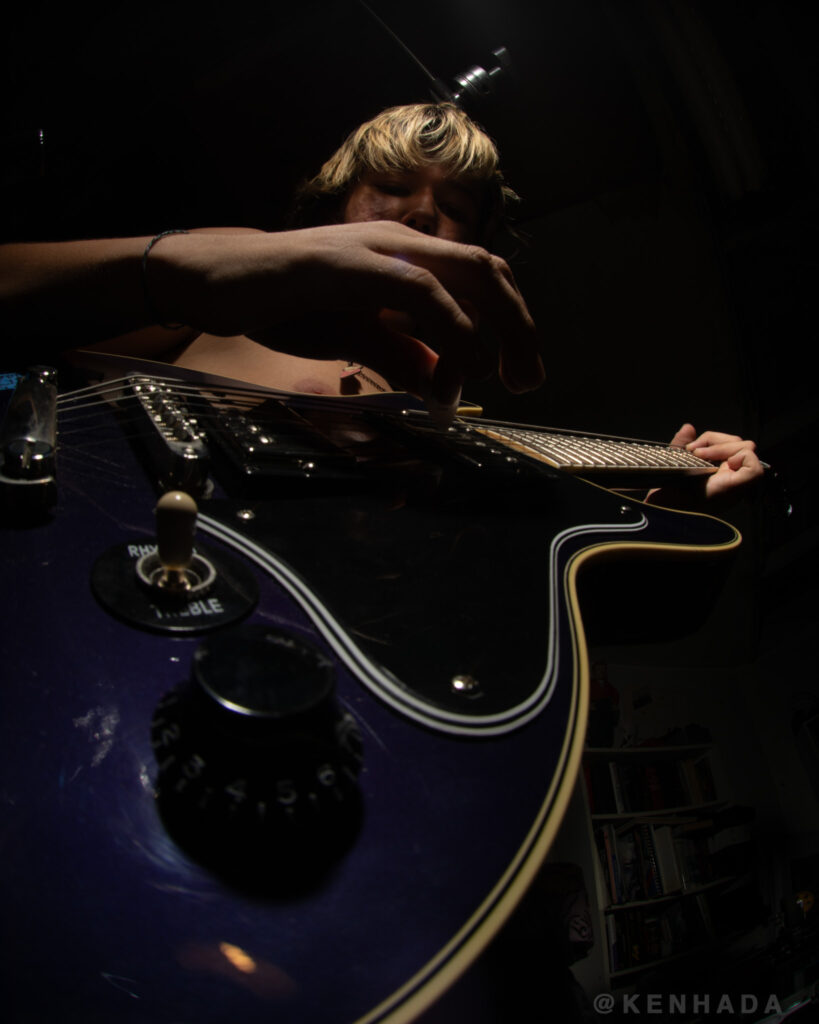
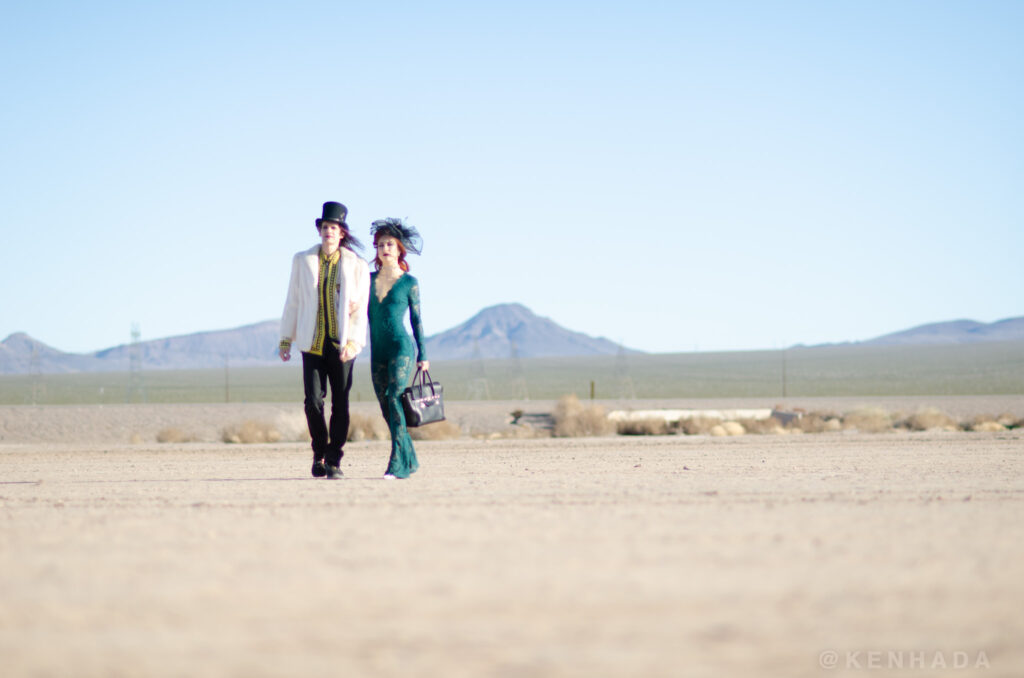
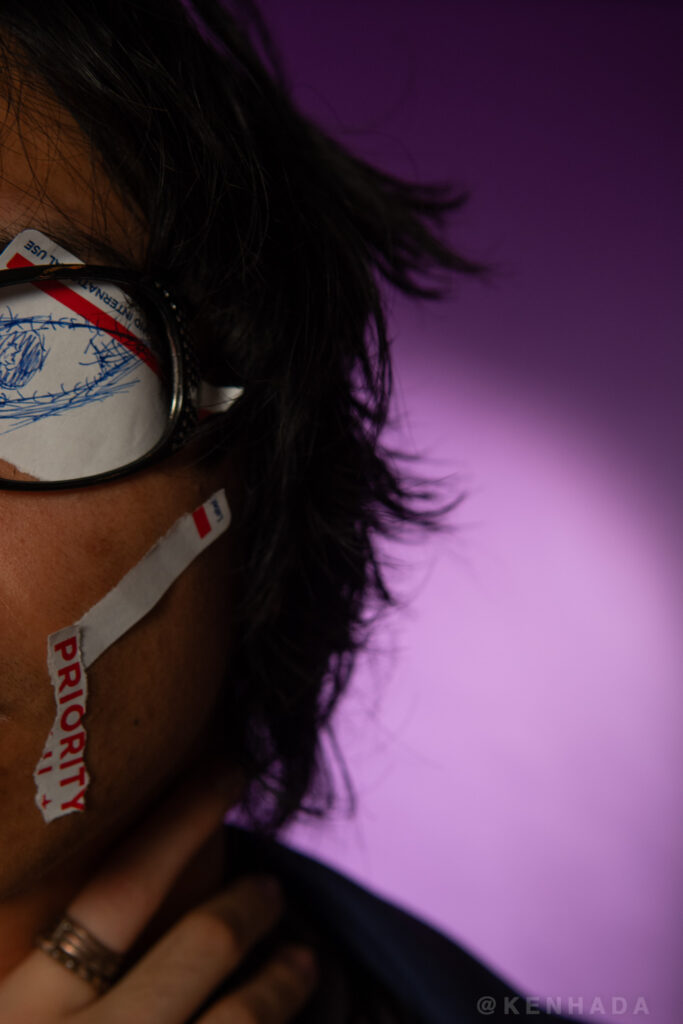
Ken Hada Photography


Ken Hada Photography. Although I’m known for my skateboard photography, I also shoot music, editorial, and portrait photography.




Ken Hada Photography


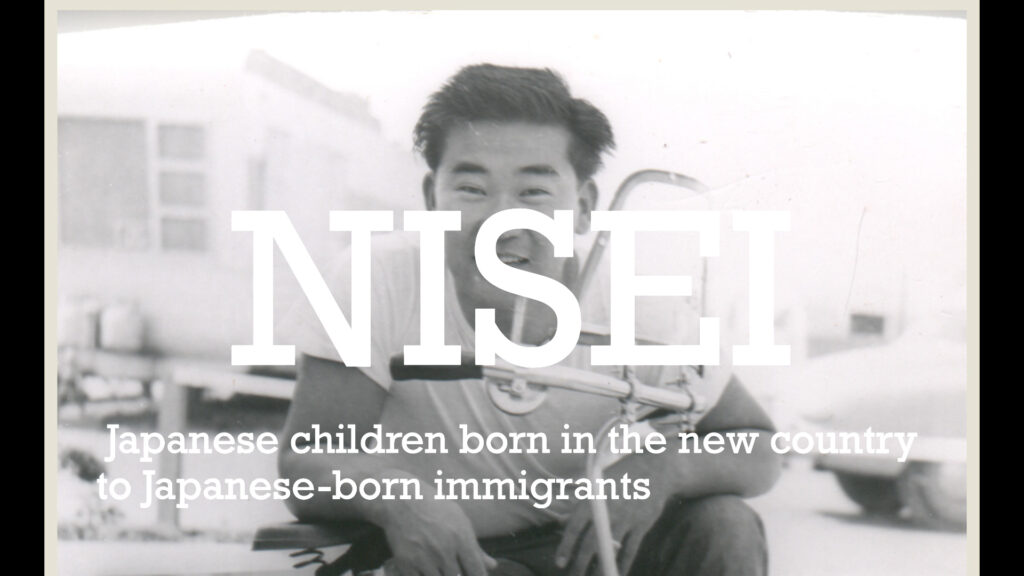
Nisei 2nd generation Immigrants. I spent countless hours leafing through my parents’ photo albums as a child. Each faded image offered a glimpse into the past, showing younger versions of my family and relatives. At the time, I attended a predominantly white school, and it never struck me as significant that my family photos looked different from those of my classmates. Instead, I was captivated by the stories and histories captured within those pages.
As I grew older, I gradually became aware of the cultural dynamics in my town. The differences between my family and the surrounding community began to surface, subtly shaping my understanding of identity. Through this process, I developed a deeper appreciation for the uniqueness and resilience of my heritage. In 2022, inspired by this journey of self-discovery and reflection, I wrote a song titled “Nisei.” This piece serves as a homage to those same family members in the photographs, capturing their experiences as second-generation immigrants and the legacy they passed down to me.
“Nisei” is not just a song; it’s a celebration of the people who withstood adversity and maintained their cultural identity, enriching the tapestry of who I am today. Through music, I aim to honor the stories and sacrifices of my relatives and to share a message of pride and recognition of our distinct place in the diverse fabric of society. I believe art transcends the process.
Creativity isn’t confined to a single medium—it flows between them. For example, sometimes I’ll watch a movie, and it sparks an idea for a song I’m working on. Other times, I’ll hear a song, and it inspires a picture I create. Art, in any form, has the power to ignite imagination and influence expression in ways that go beyond its original medium.
Nisei is a song written by Ken Hada and is available on Spotify, Apple, YouTube (free), and all streaming.
Cassette Life Kennedy Drumline. This cassette tape holds a special piece of history: a recording of the Kennedy High School drumline from La Palma, California, performing at a drum competition in Bellflower. It captures the energy, precision, and camaraderie of young musicians who poured their hearts into their craft.
The drumline featured a talented roster of percussionists:
This recording brings back vivid memories of the dedication and teamwork that defined our drumline. Each member played a crucial role in creating the rhythms and sounds that resonated with our audience and fueled our passion for music.
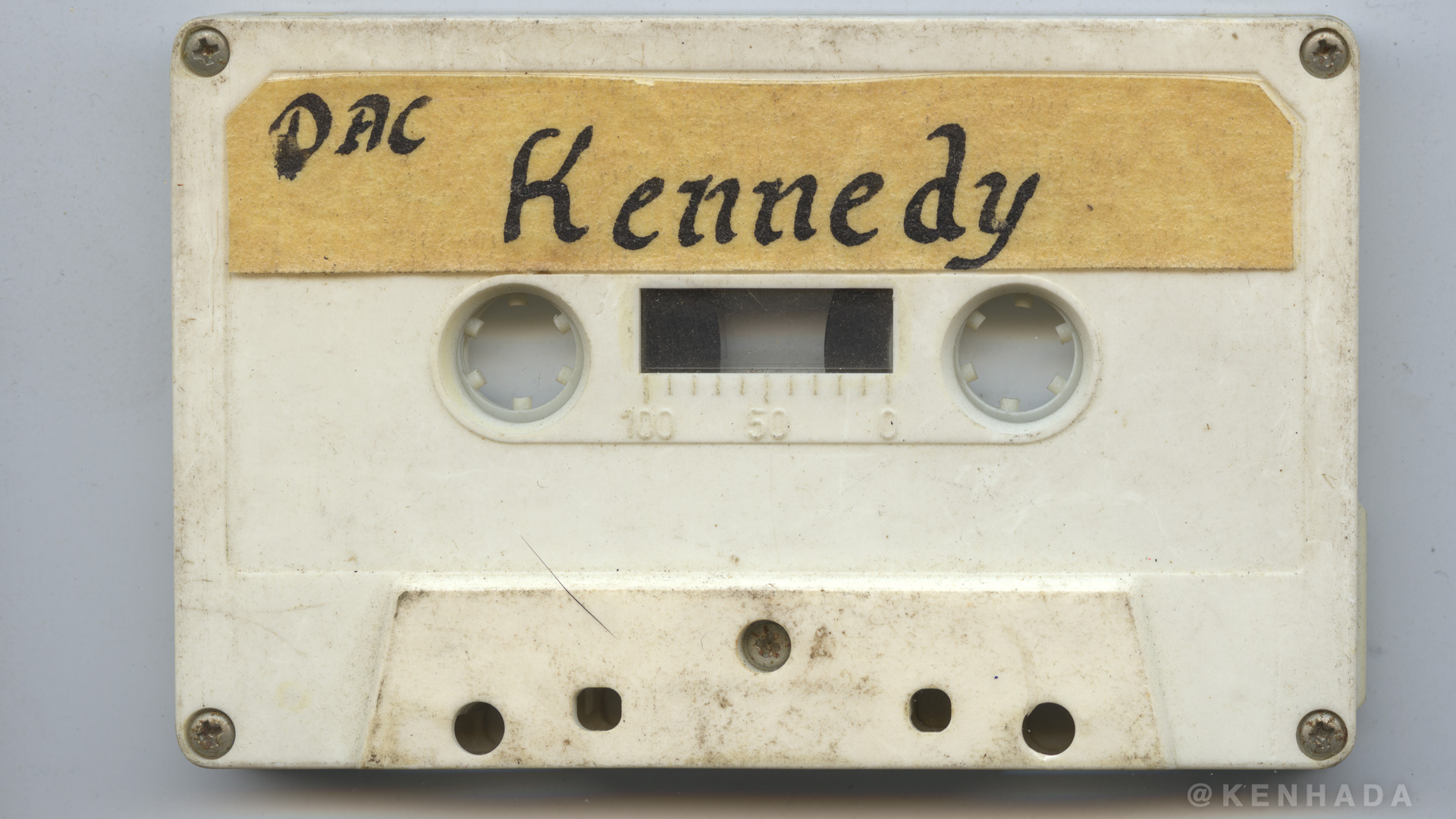
This project is a labor of love, preserving not just the sounds of the drumline but the spirit of those times. I hope this archive serves as a way to honor the talent and effort of everyone involved and to inspire others to cherish their own musical memories.
Lastly, parts of this recording inspired my song Drumline Tryouts
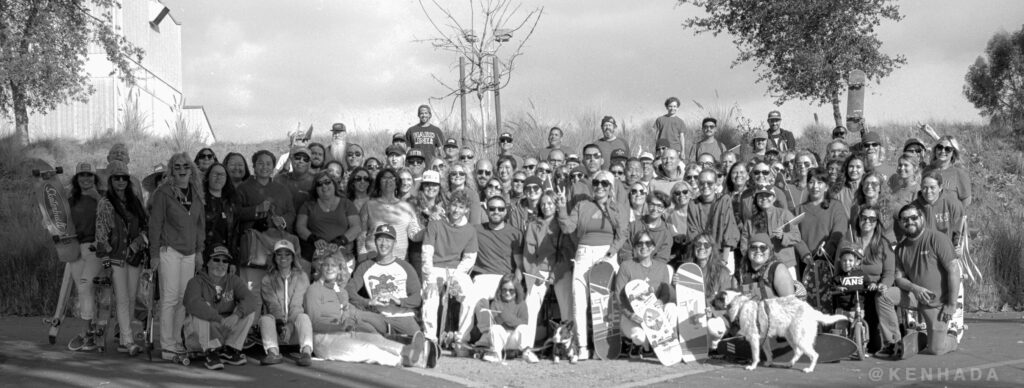
Push For Patti Mcgee. When I heard that Patti McGee had passed, it felt like a disturbance in the force. My encounters with Patti were always brief, at various skateboarding events, where despite the bustling scene, she would effortlessly find me in the crowd and share a hug. Even though she was a prominent figure in the skateboarding industry, there was something refreshingly authentic and unpretentious about her presence.
Learning about the “Push For Patti” memorial, I knew I had to be there to honor her memory. I brought my 4×5 and 35mm film cameras, ready to capture the moment’s essence and the people gathered to remember her. With each photograph, I realized I was documenting more than just attendees; I was capturing Patti herself.
If you had any interaction with Patti, you know what I discovered through my lens: love. Each image became a dual portrait—half of the people who cherished her, and half of Patti.
Thank you, skateboarding, for everything you brought me. And thank you, Patti, for being a beacon of kindness and love.
I thank Hailey and Brandon for allowing me to document these moments in skateboard history.
If you are looking for more of my skateboarding content follow this link.
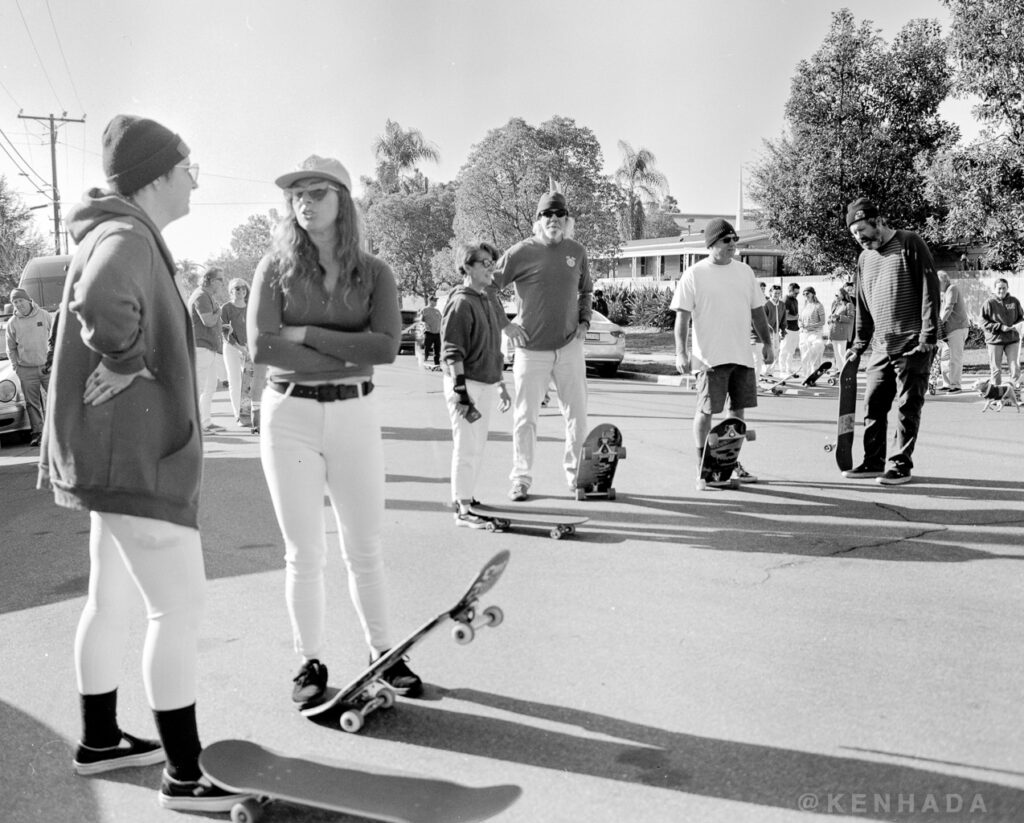
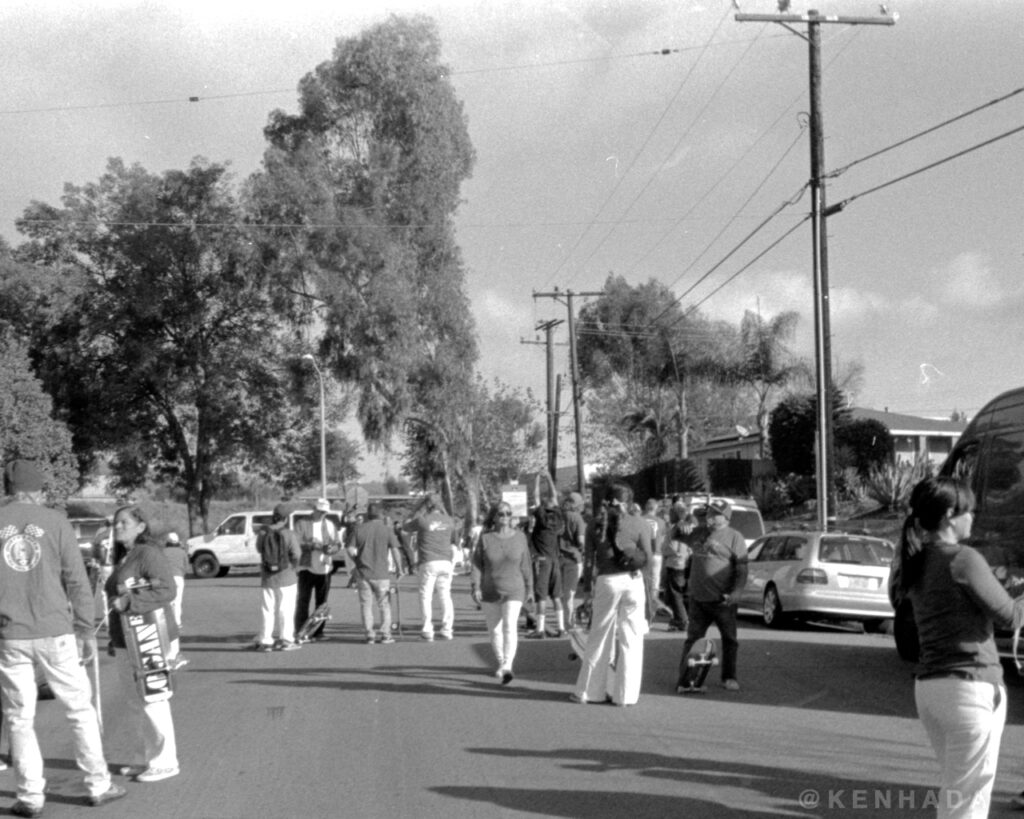
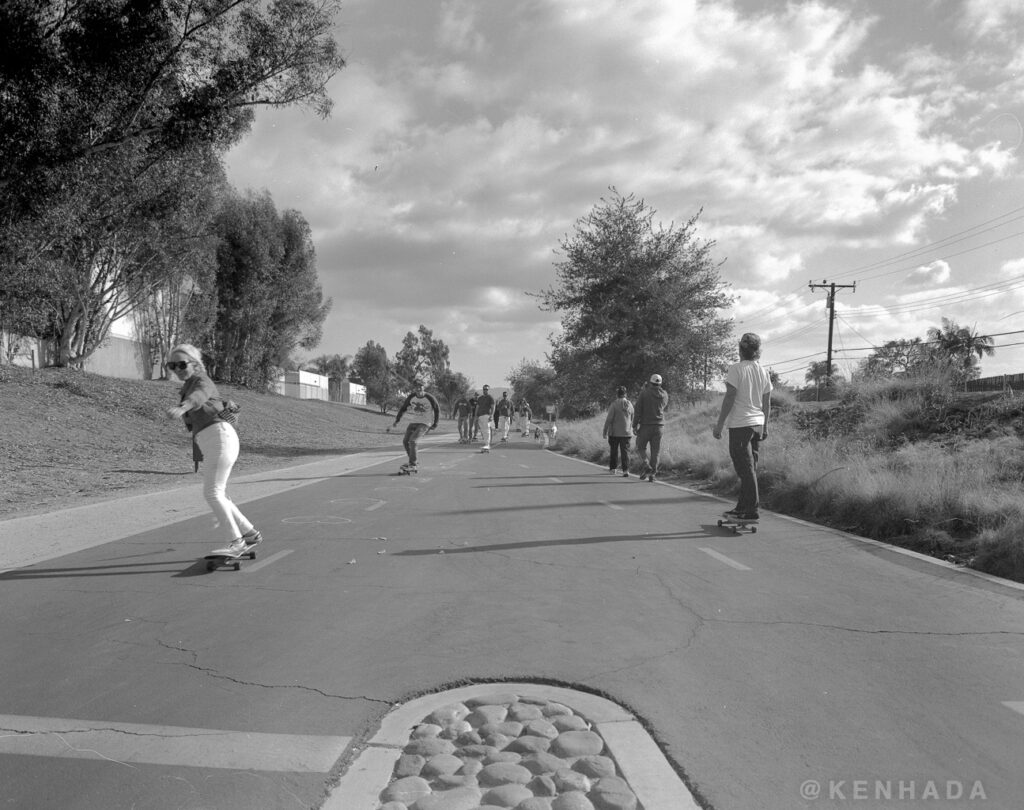
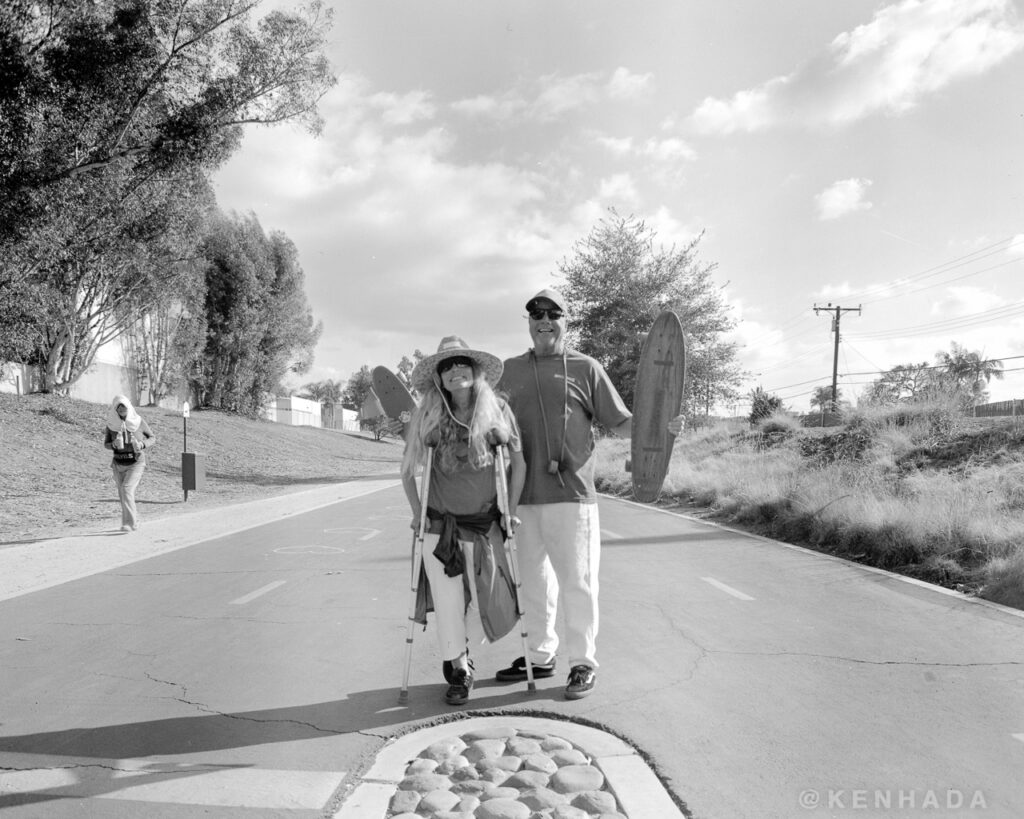
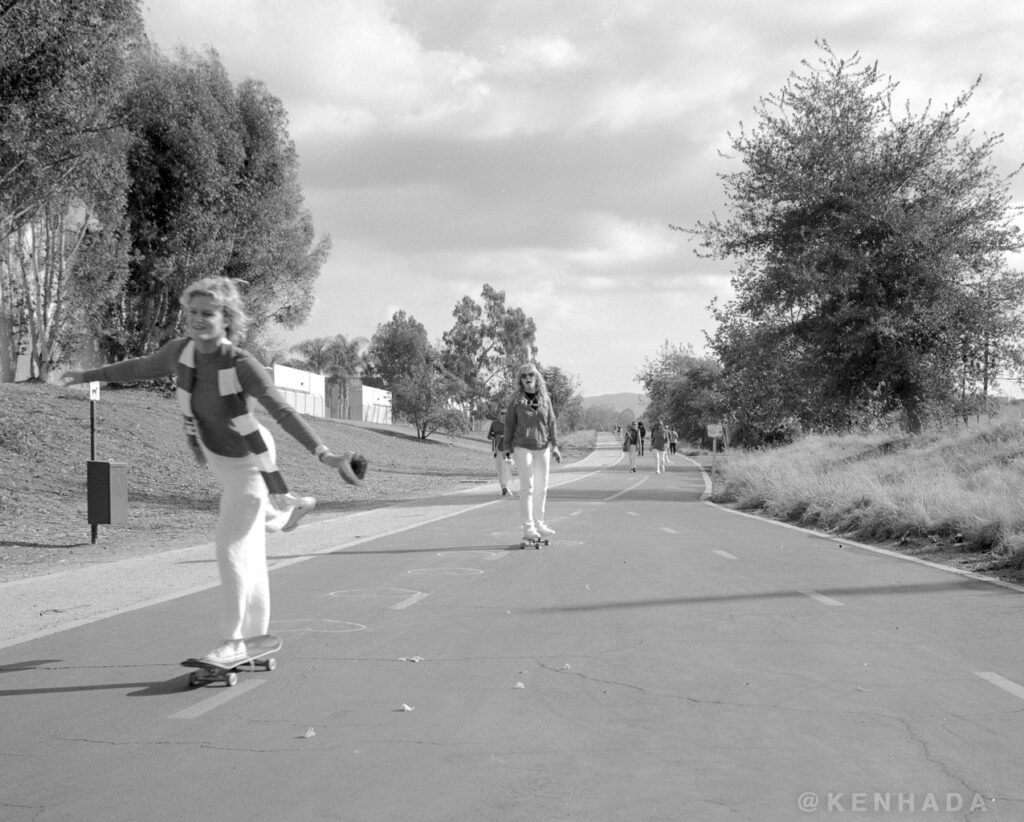
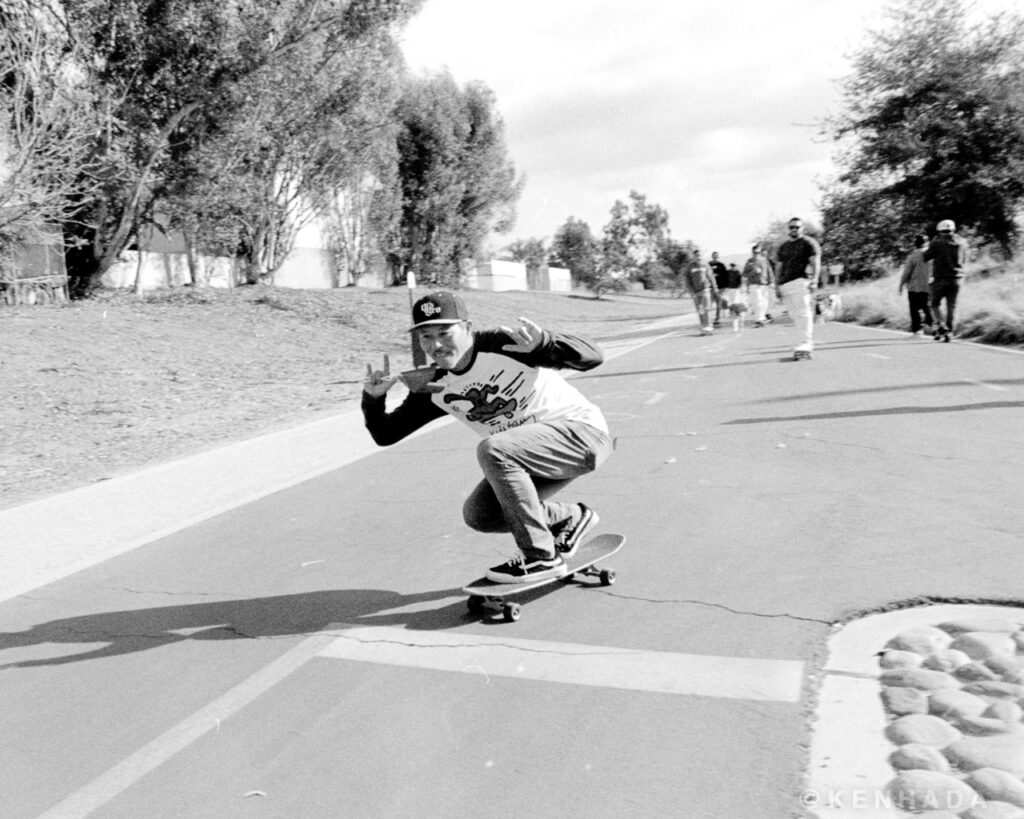
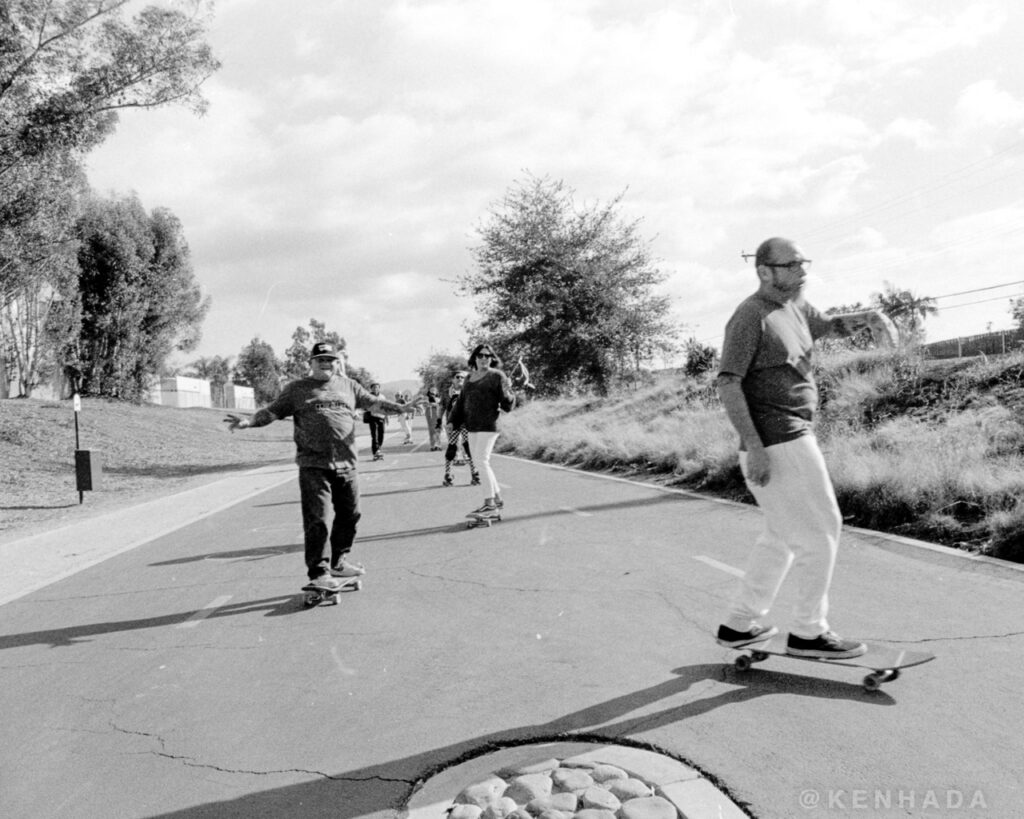
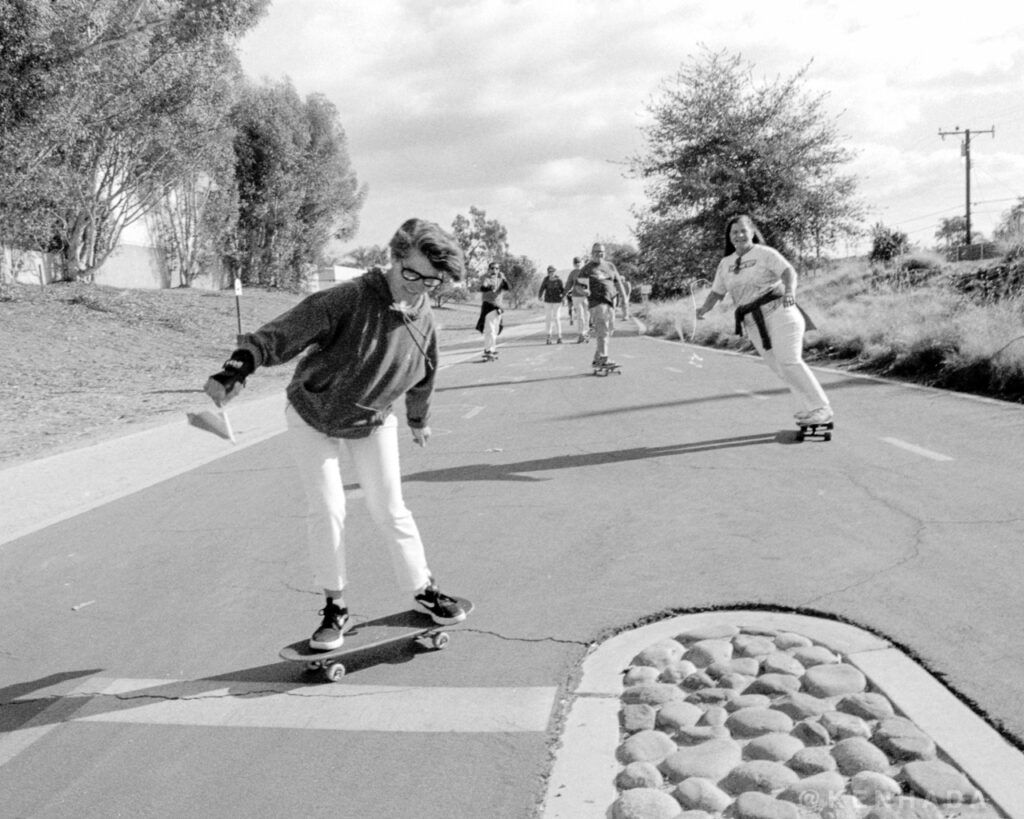
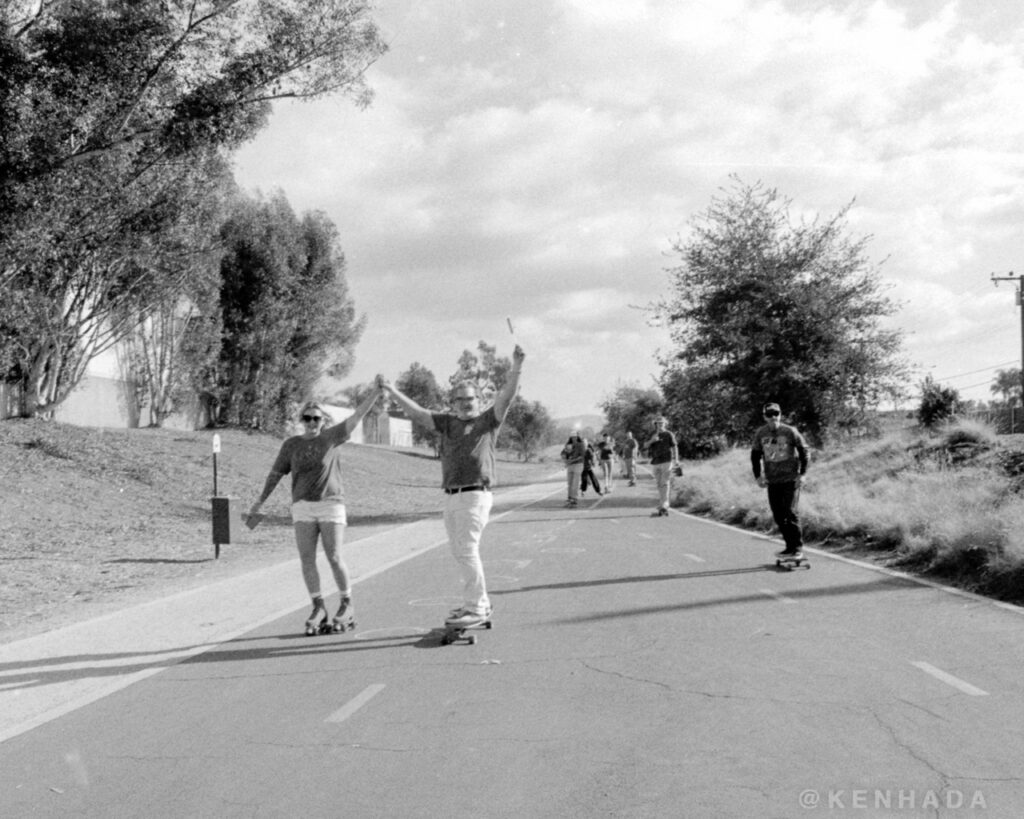
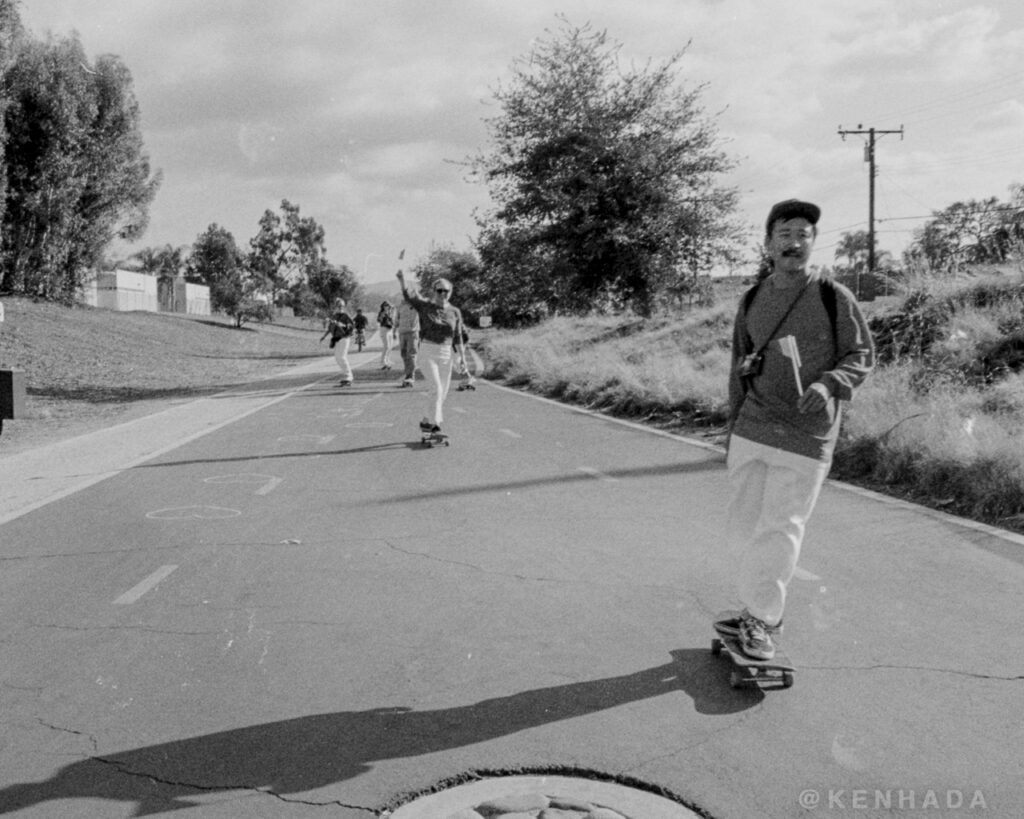
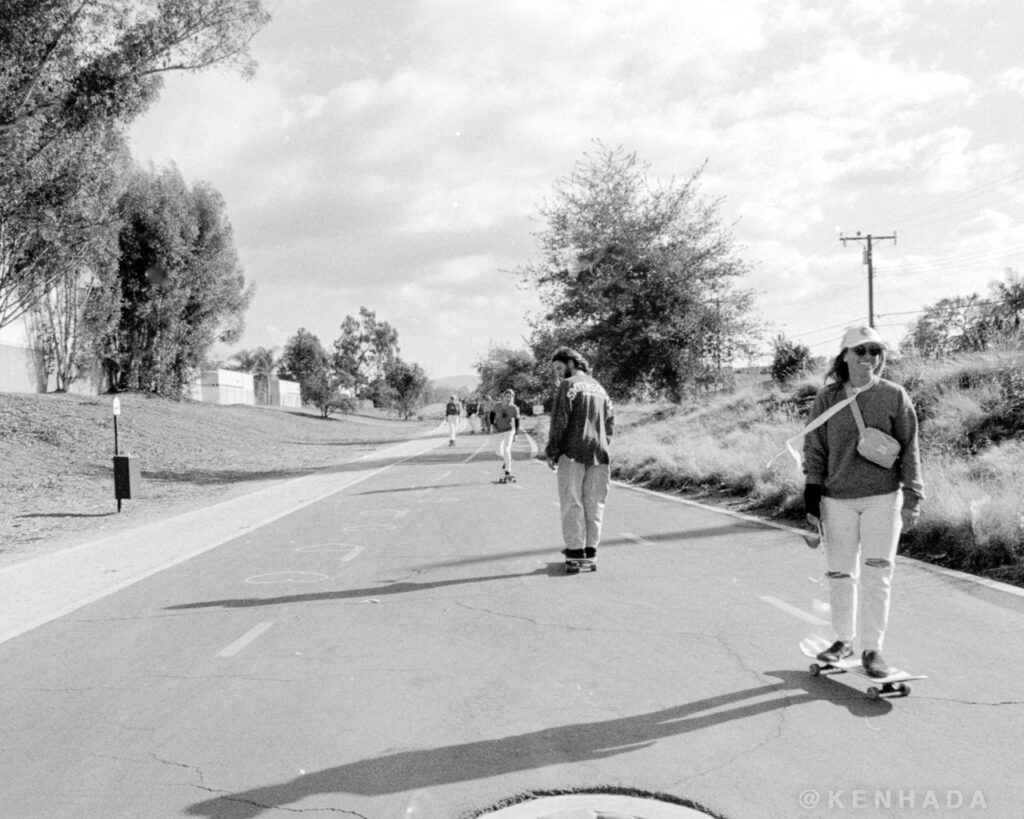
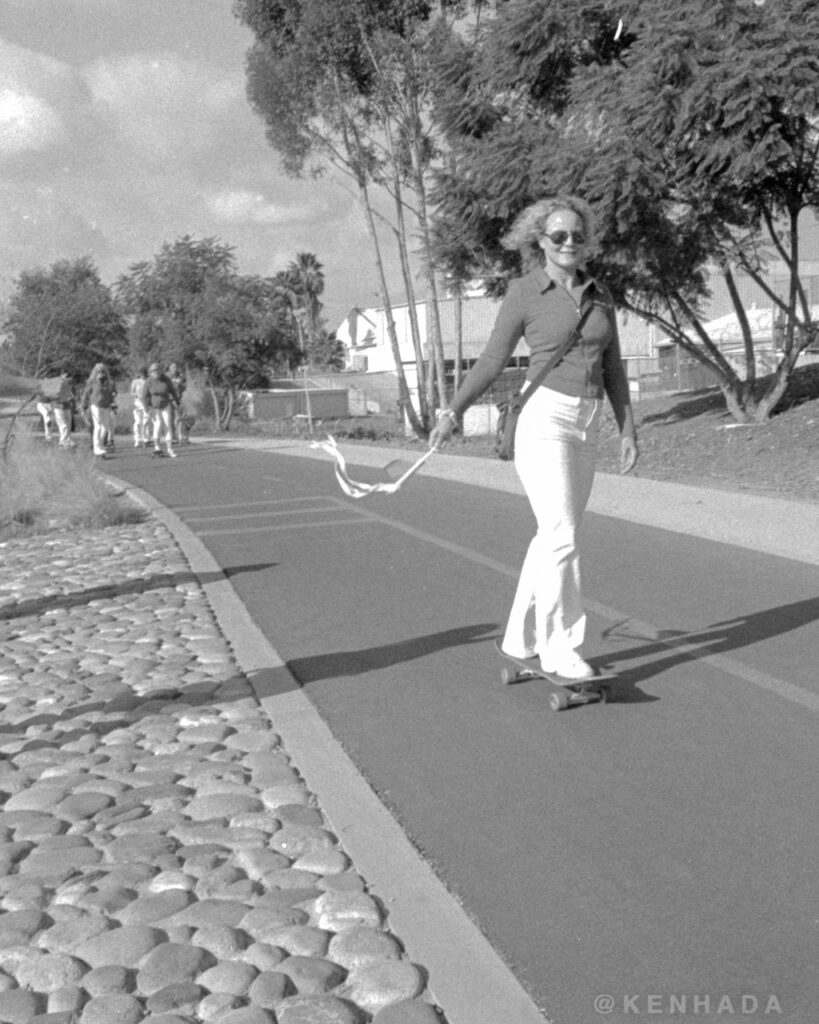
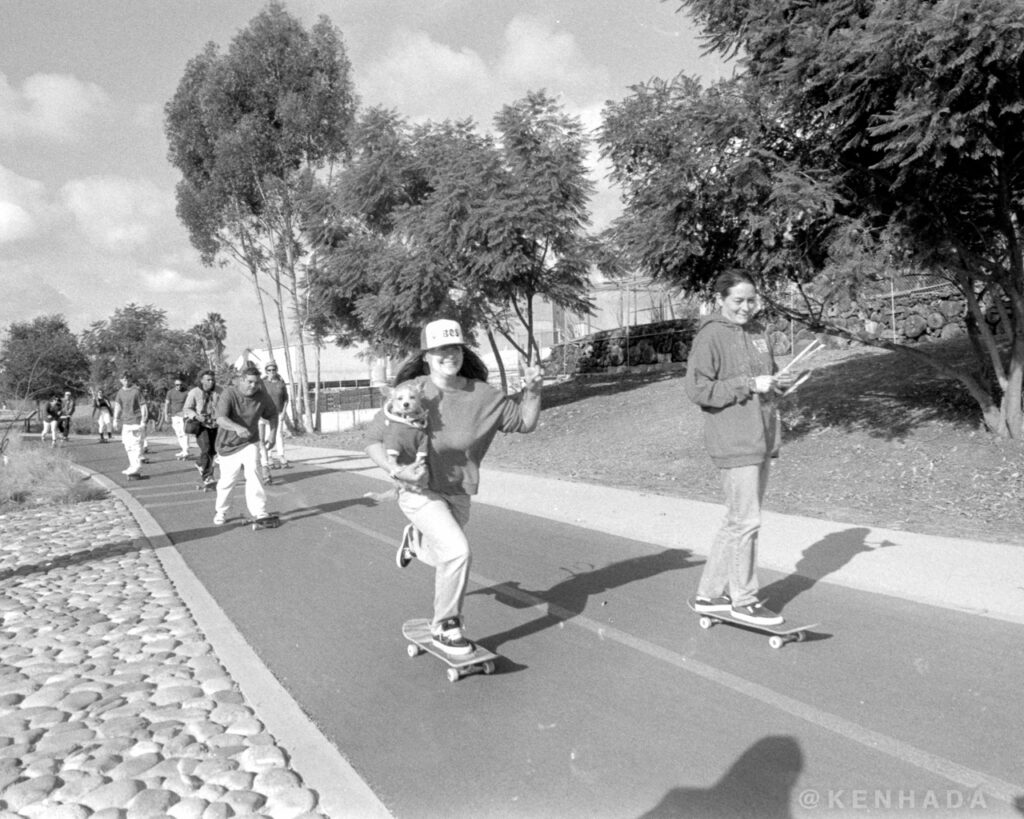

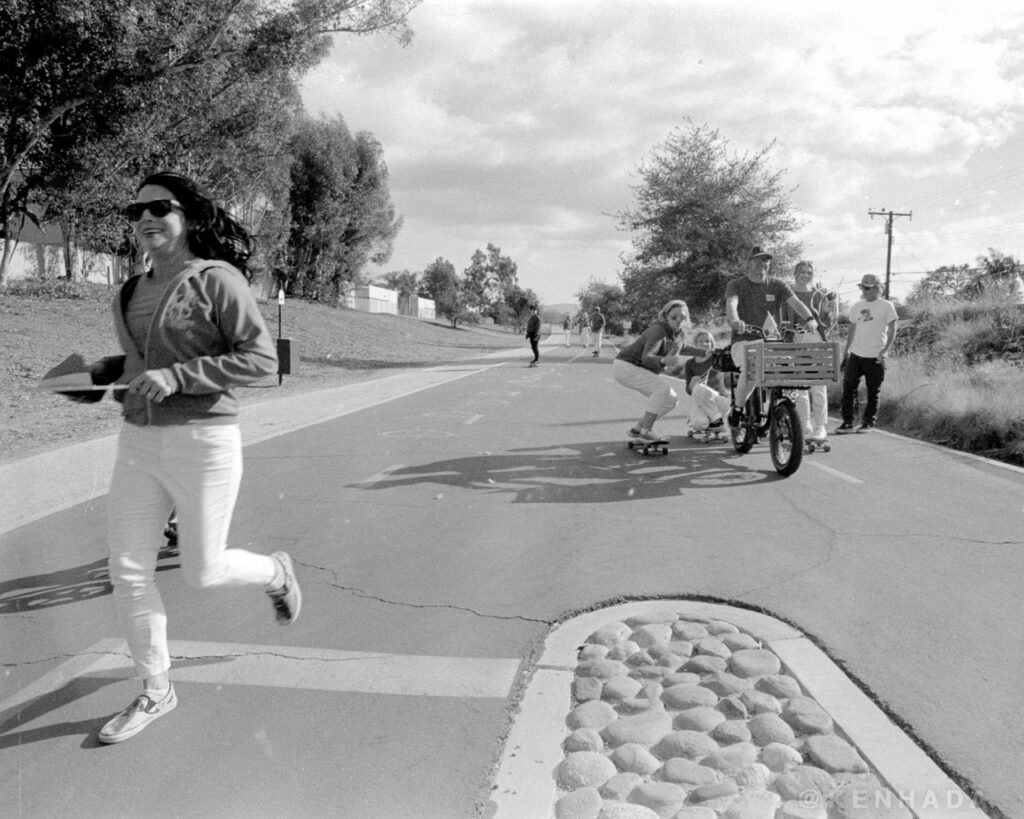
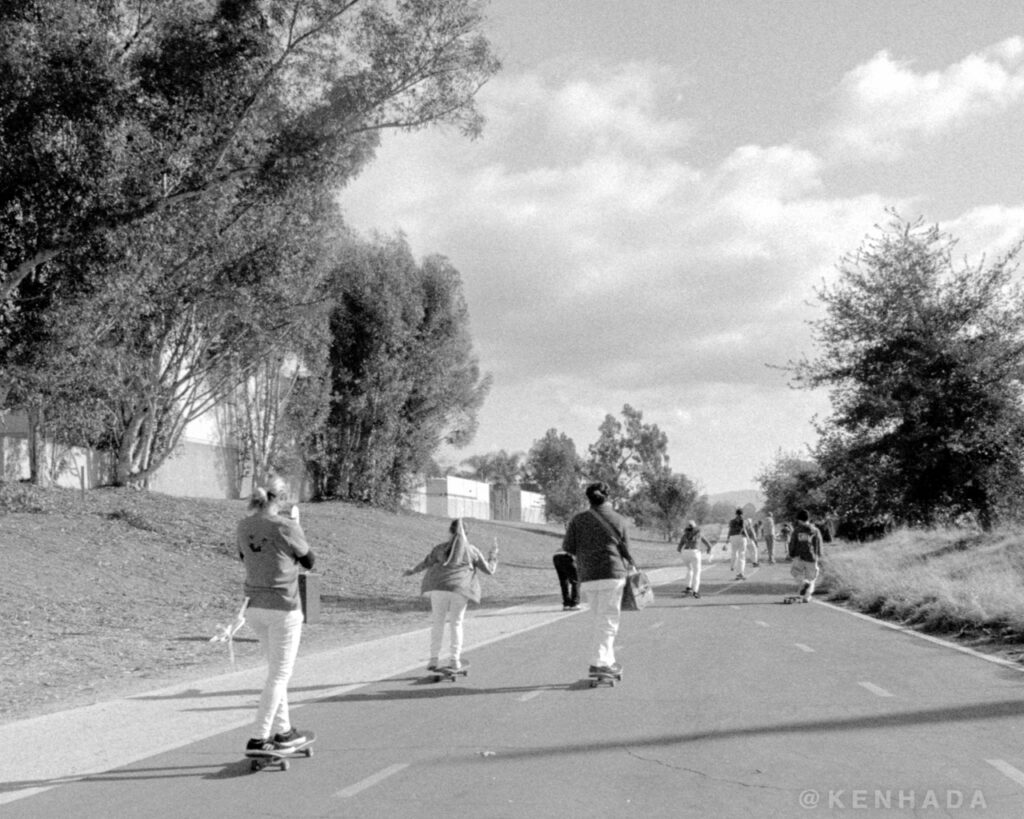
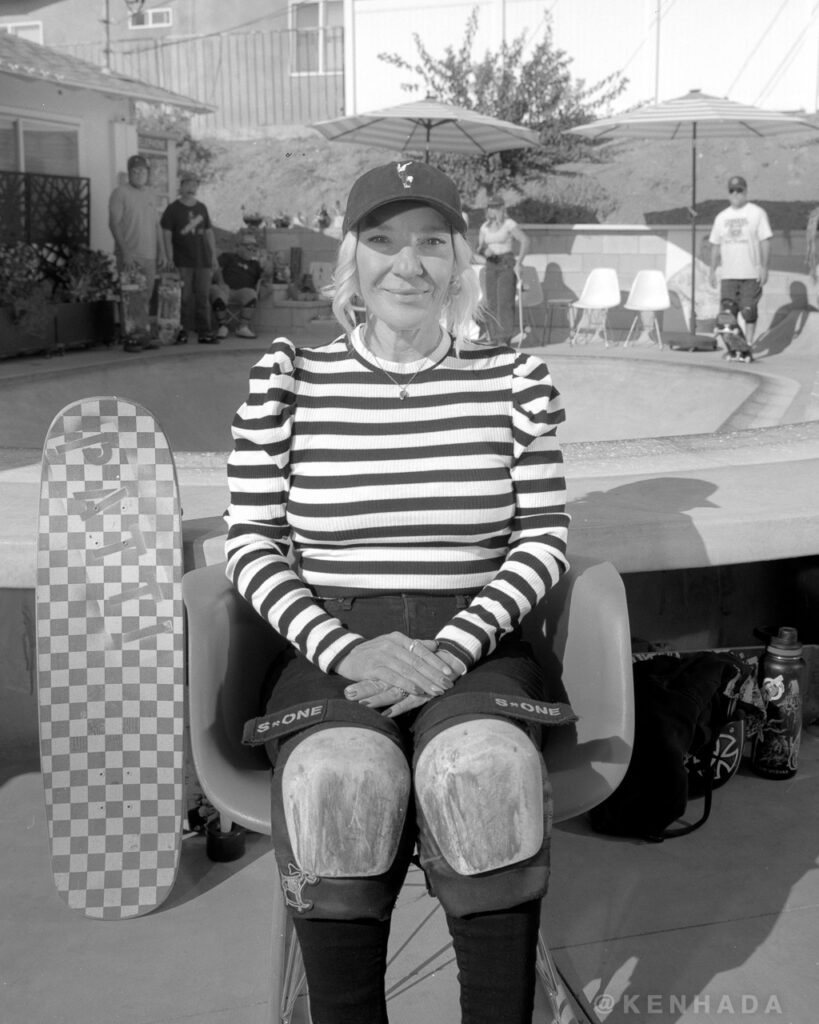
2 days later I was lucky enough to capture a skate session for Patti at Wongside
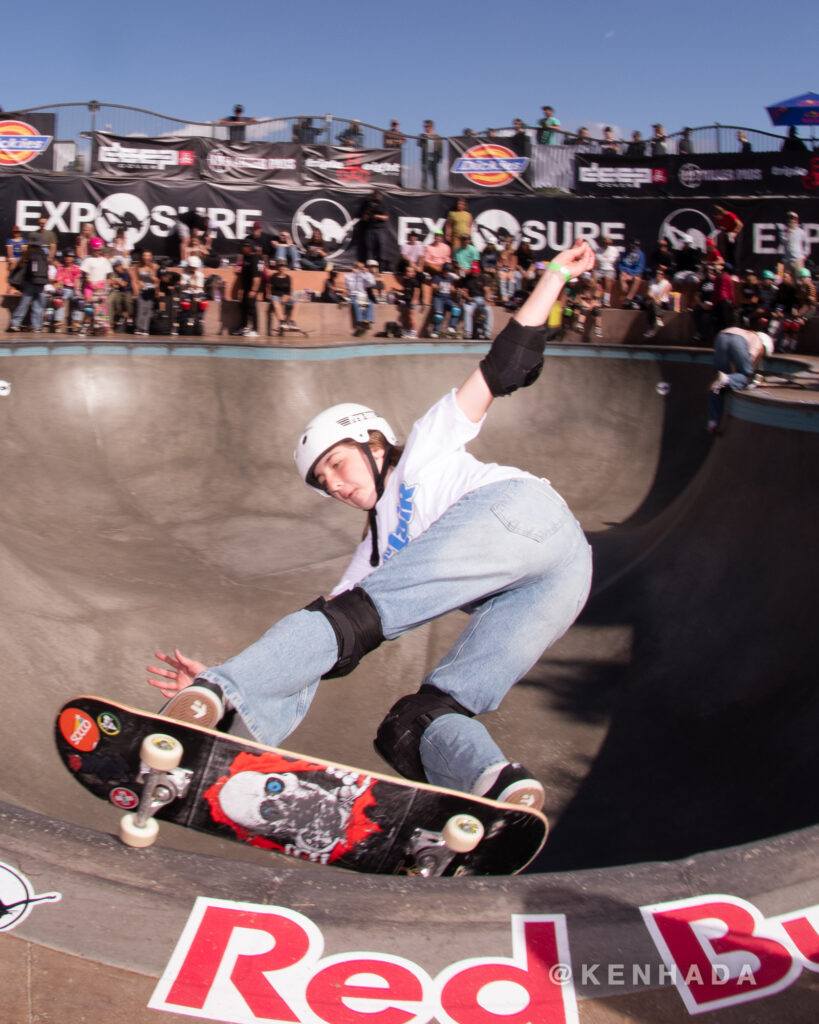
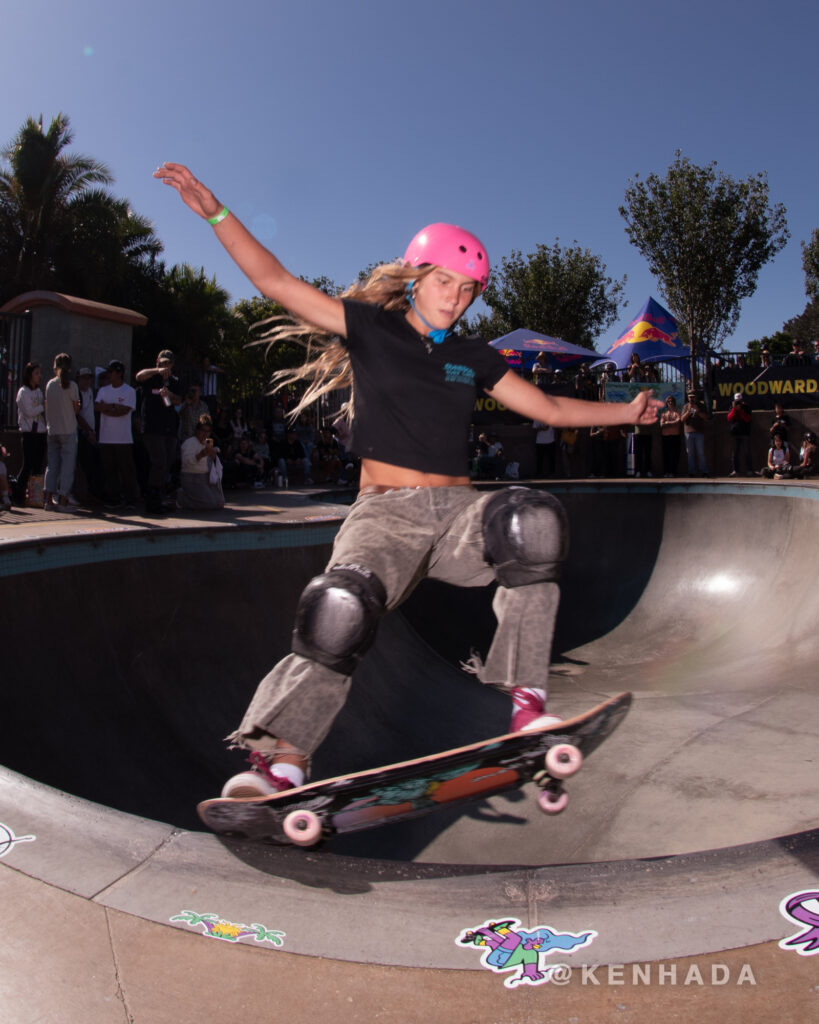
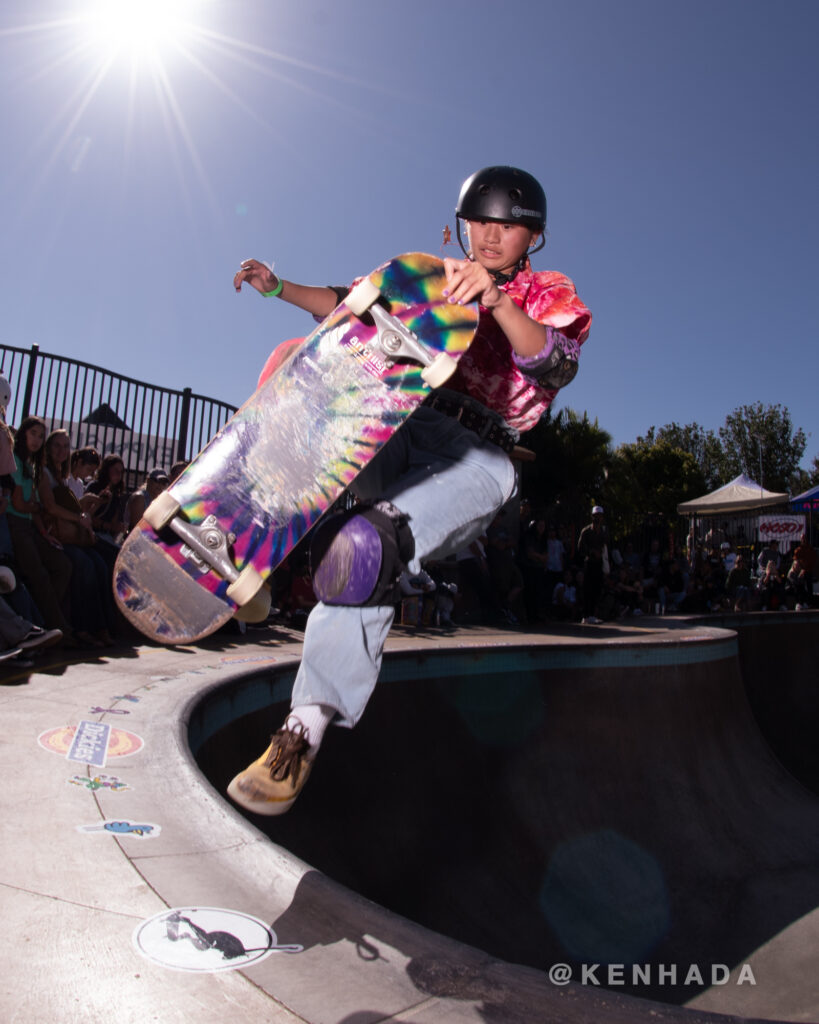
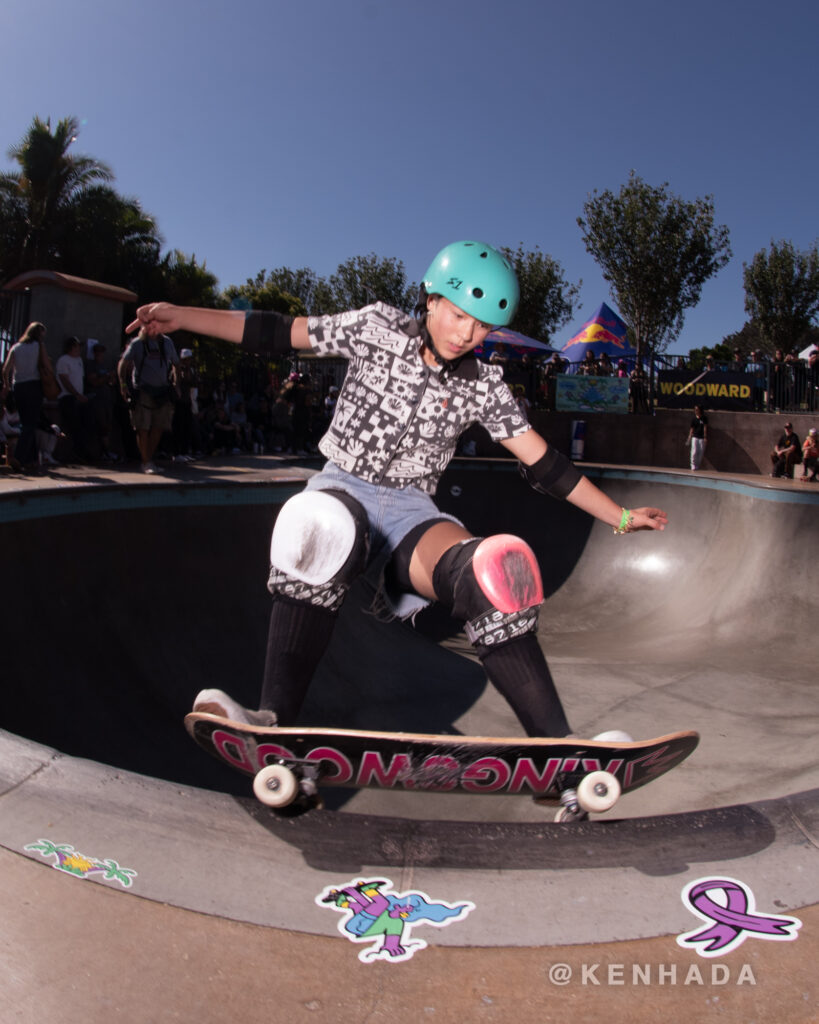
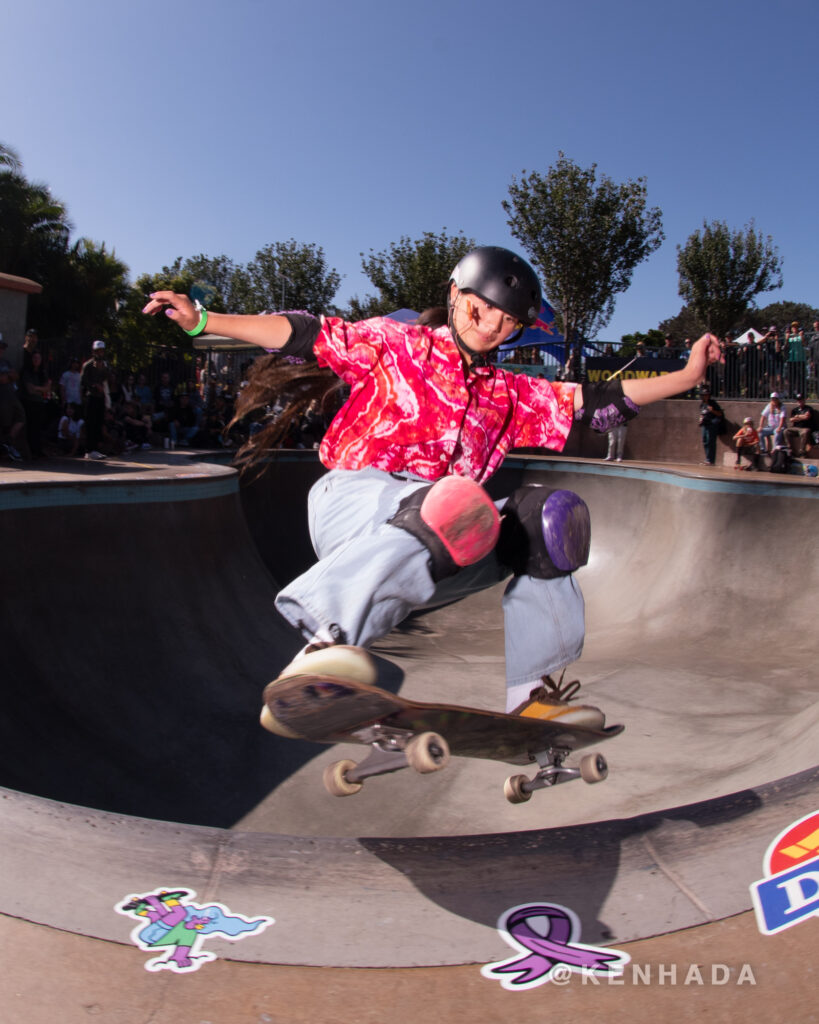
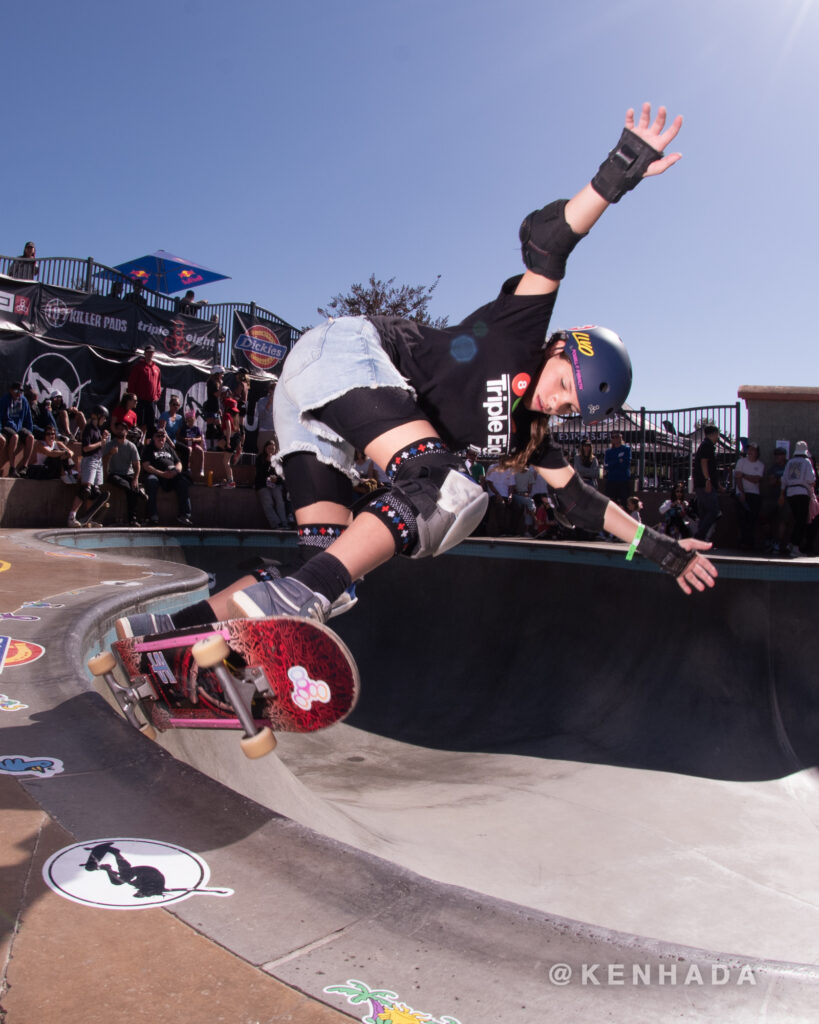
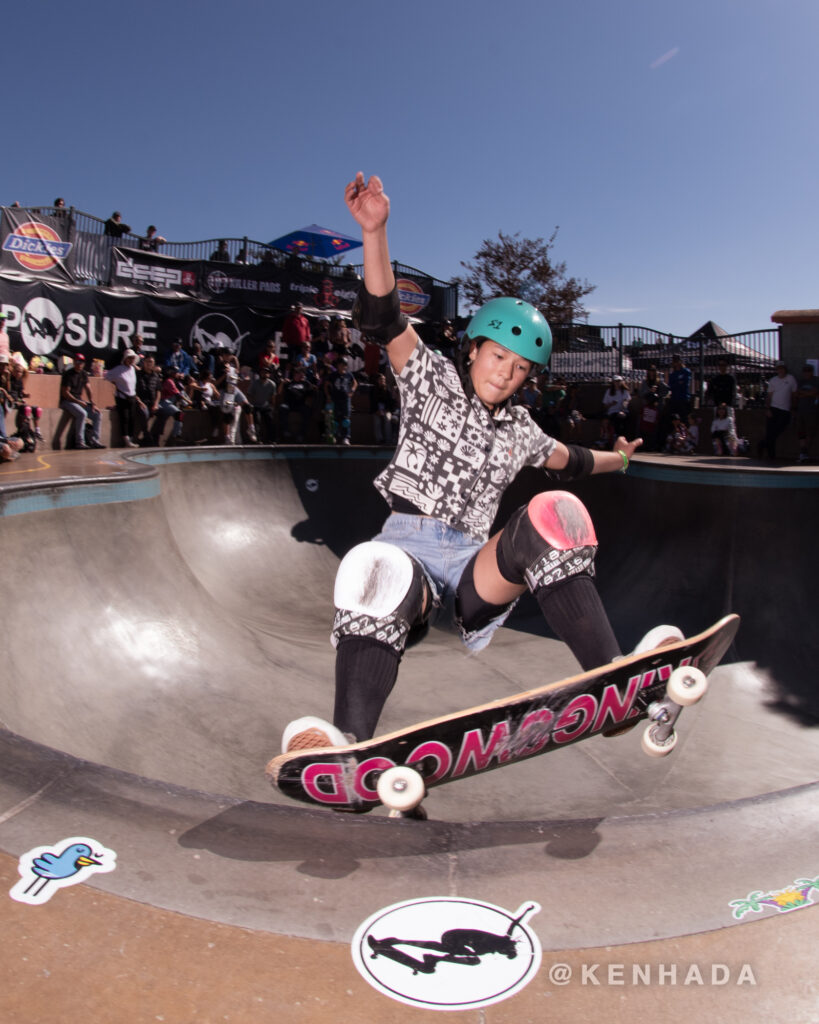
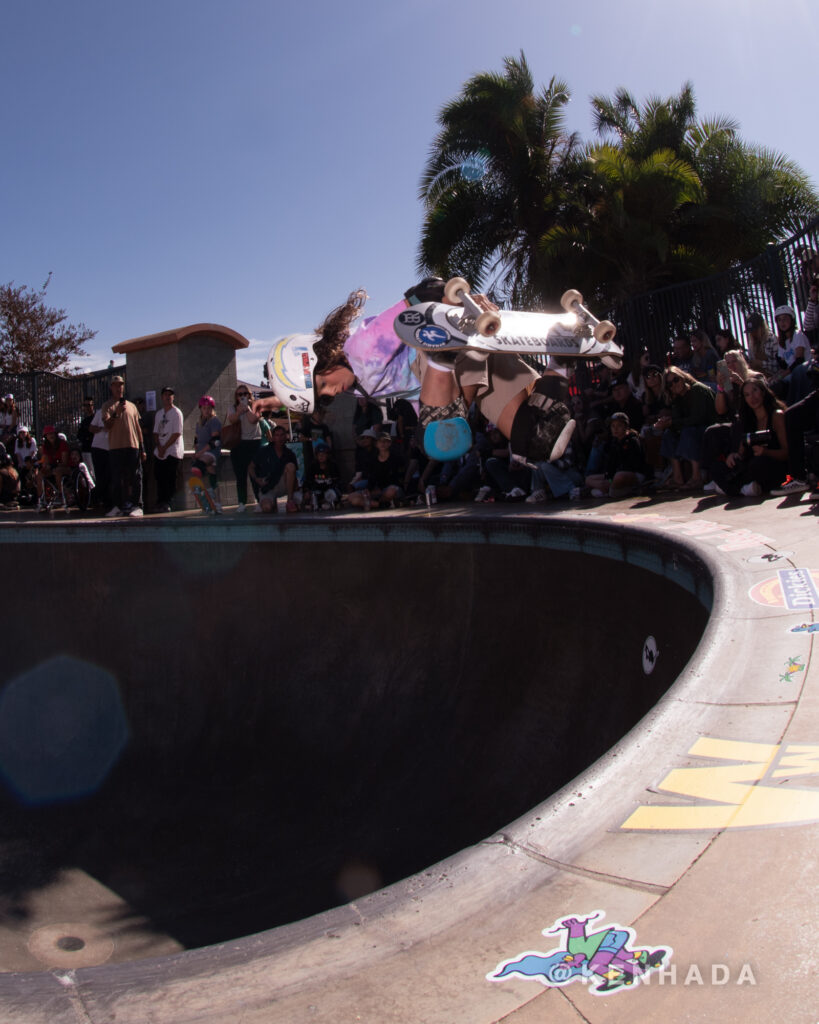
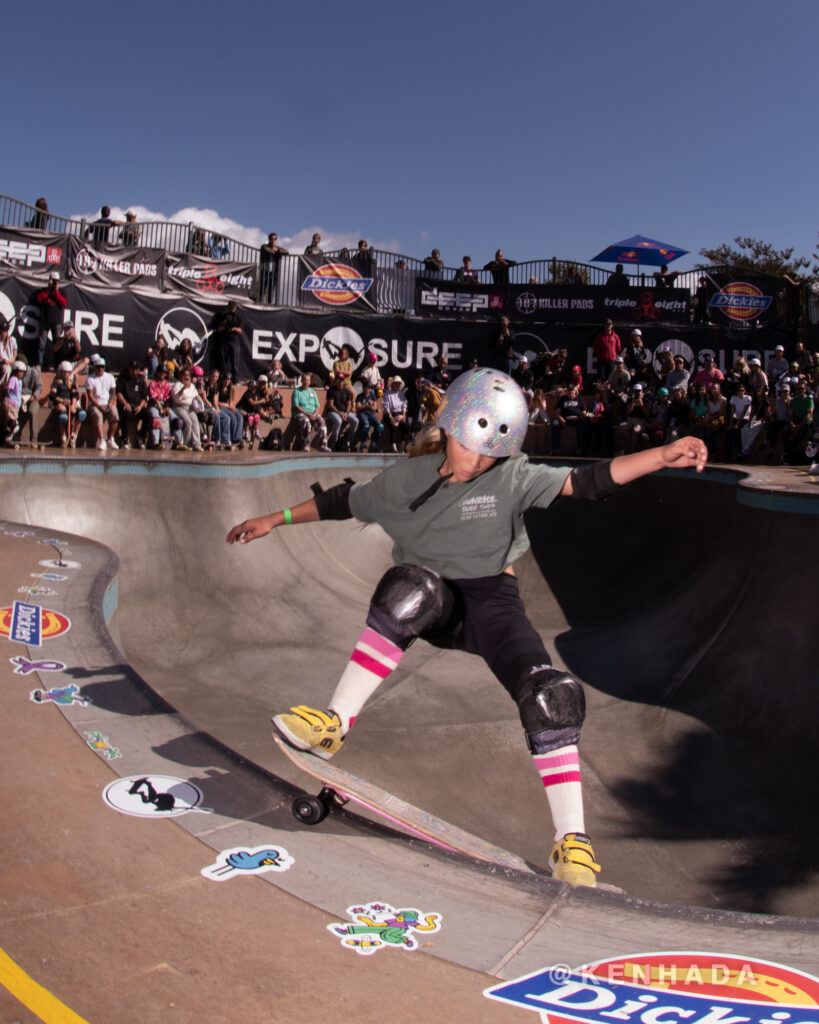
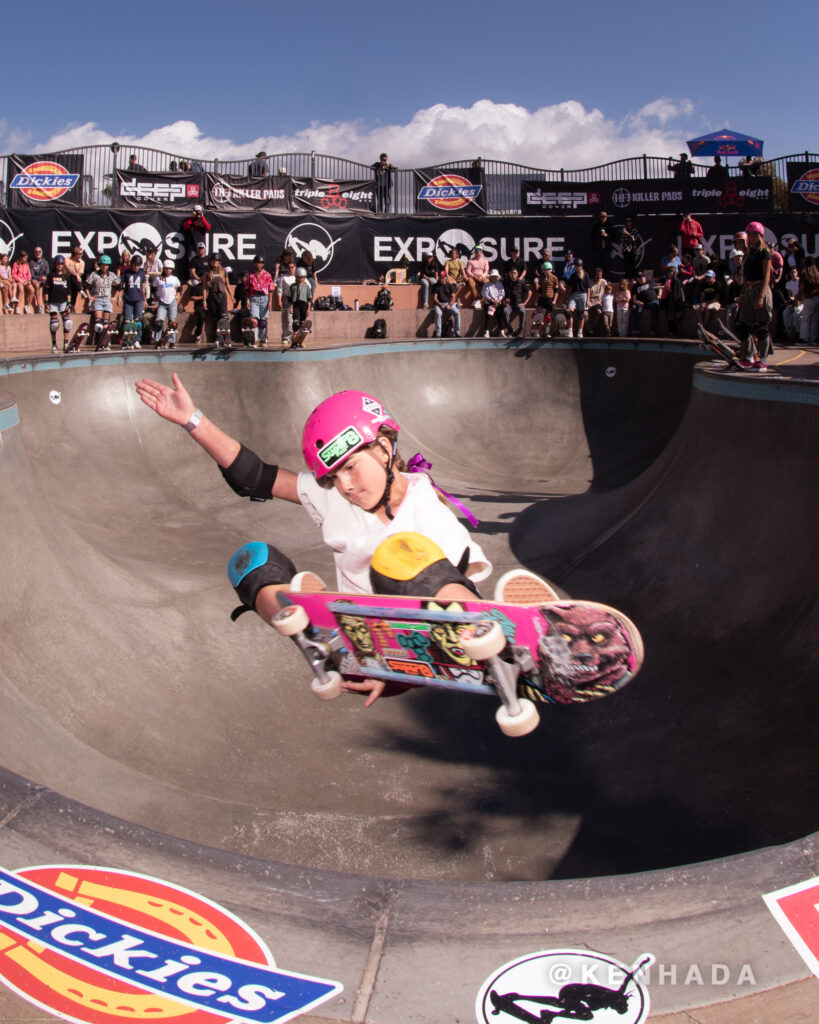
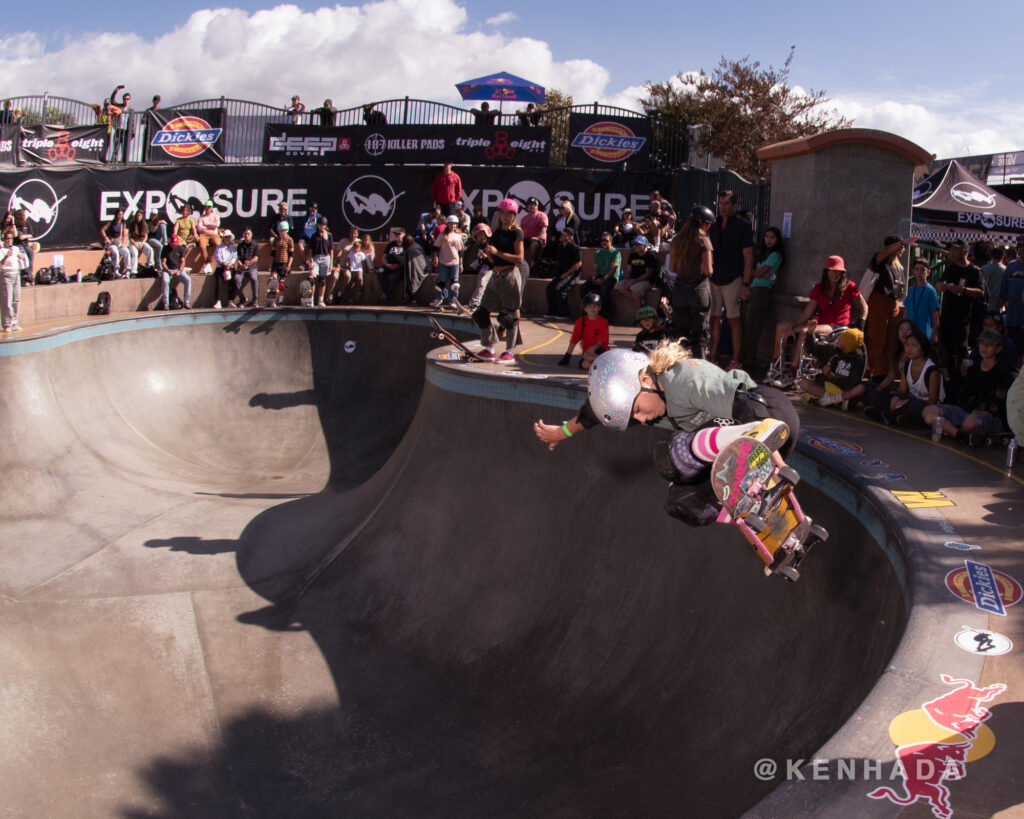
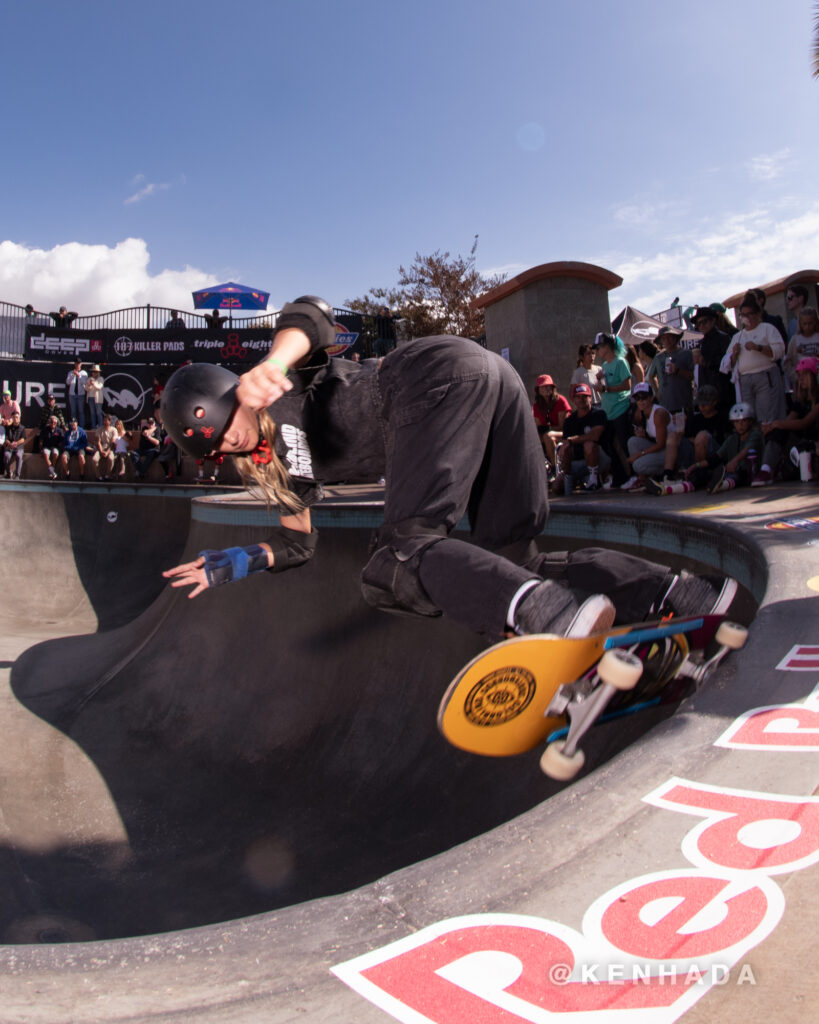
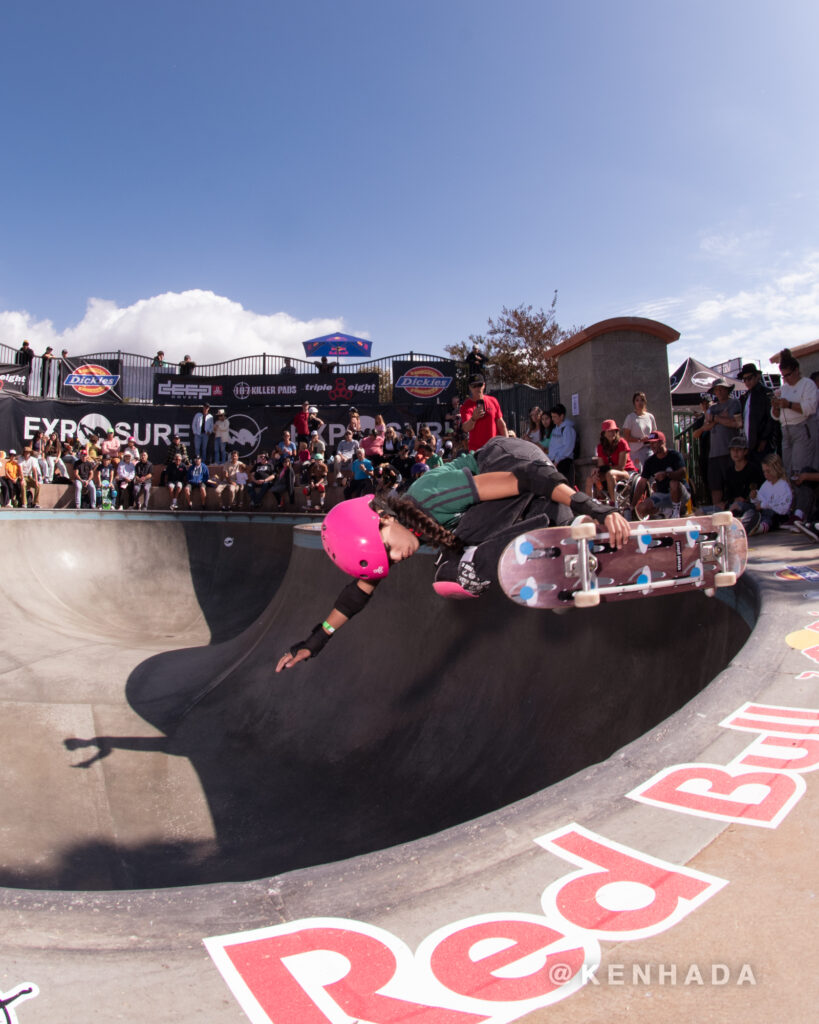
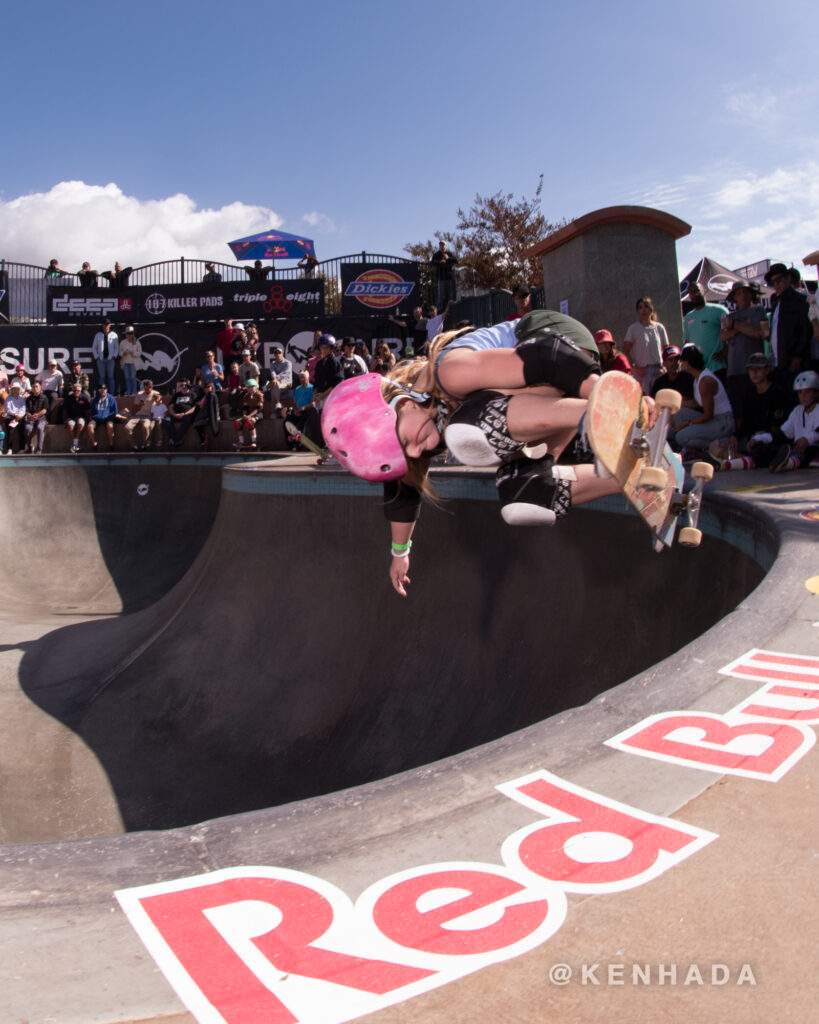
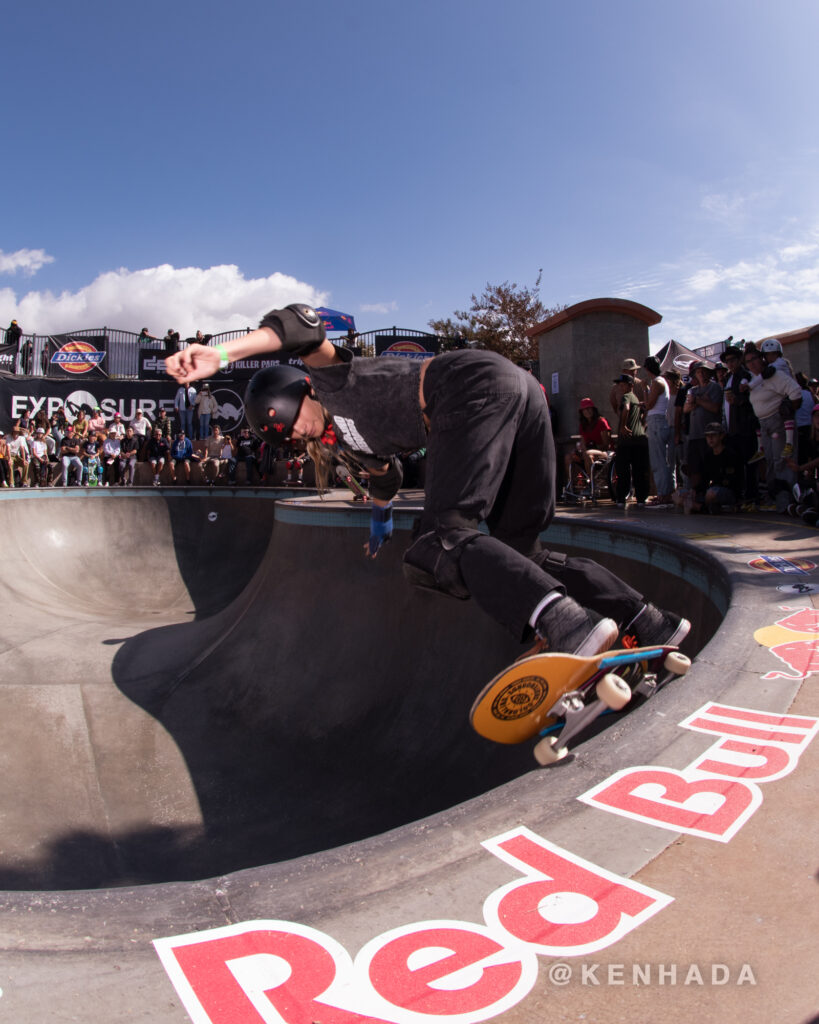
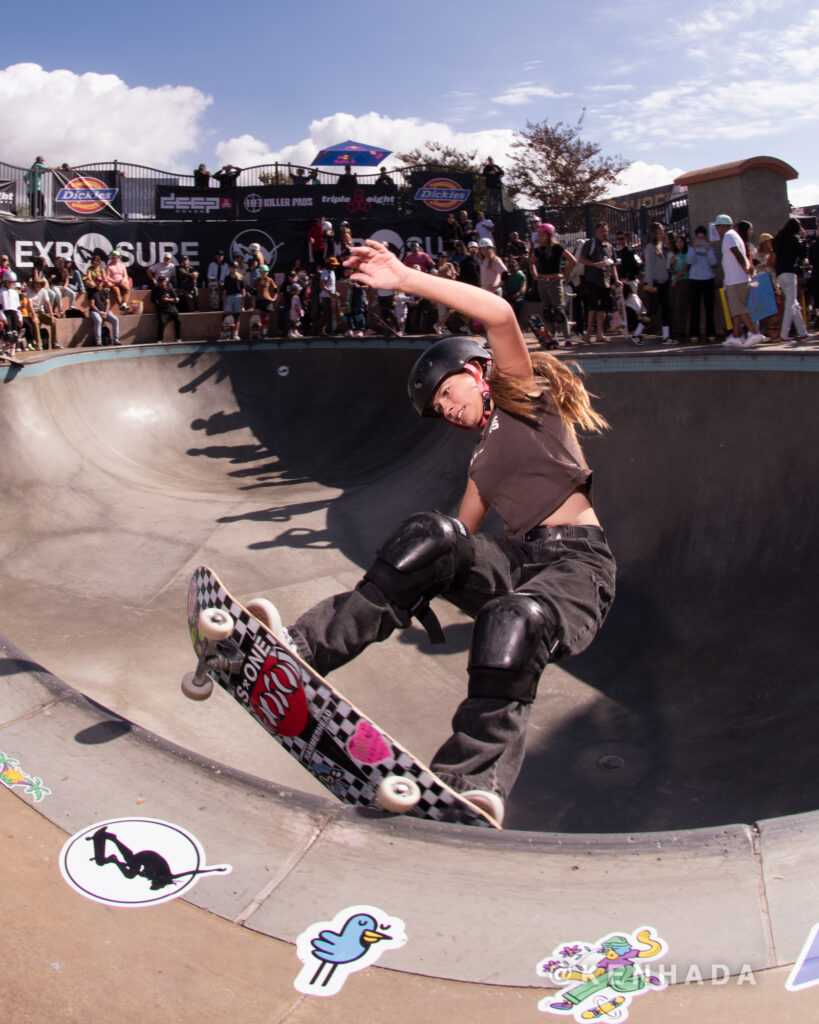
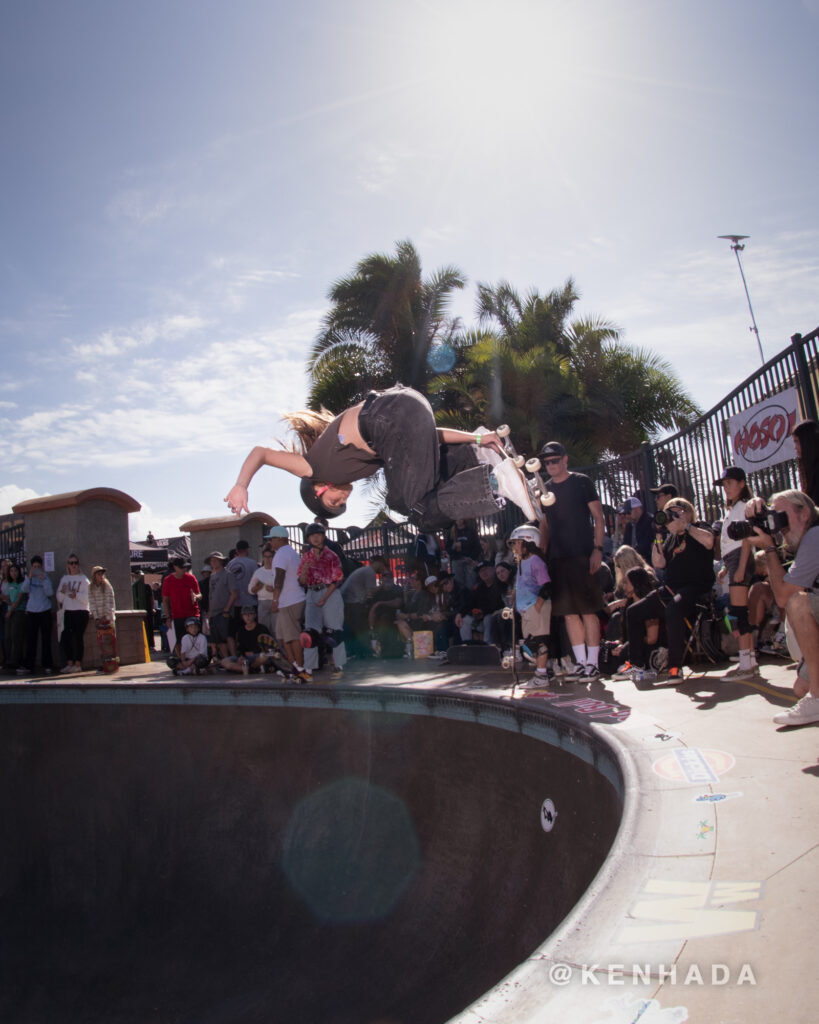
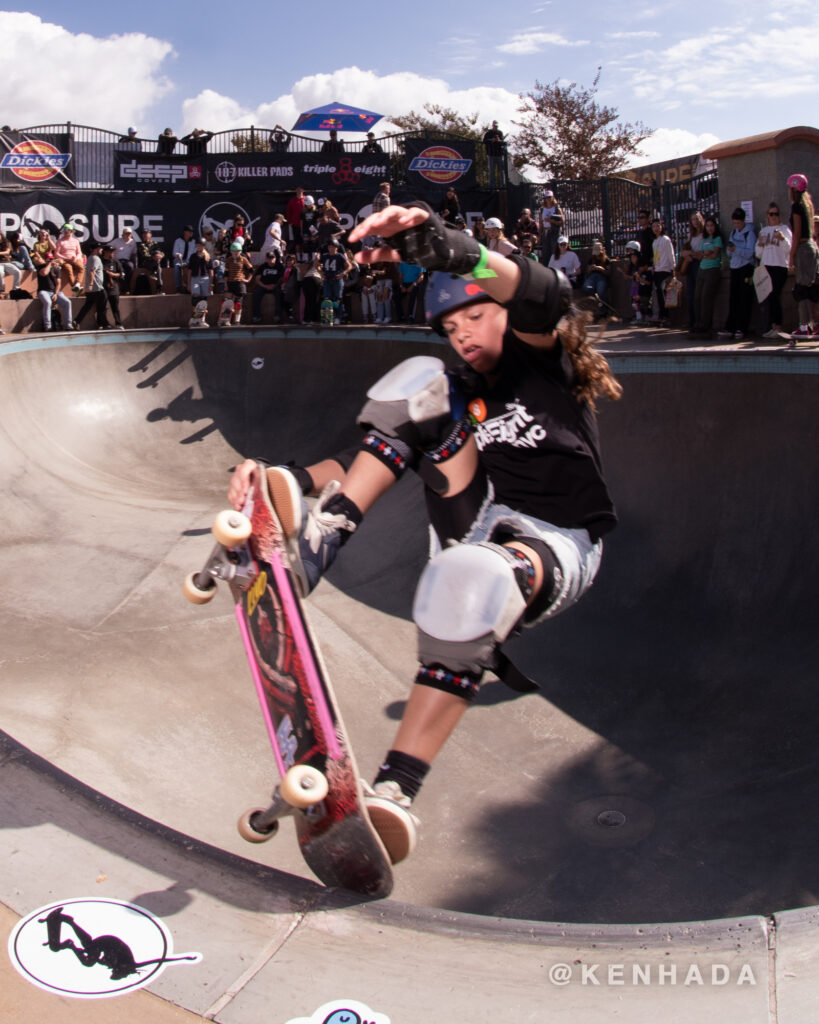
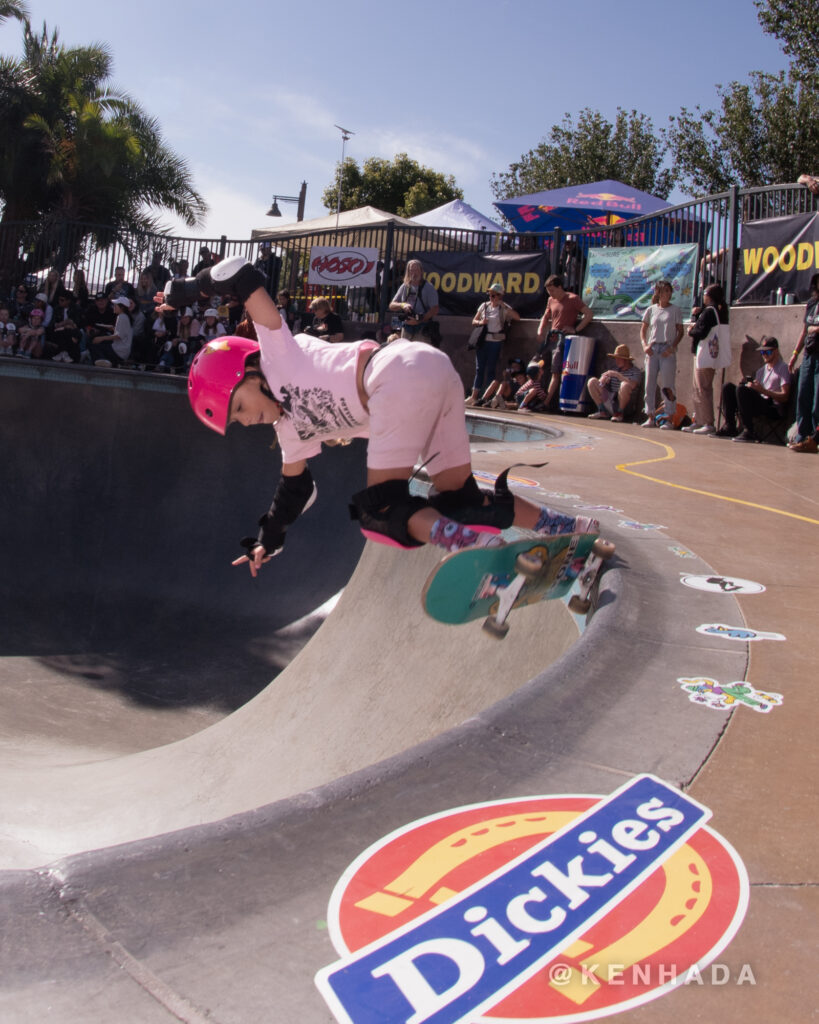
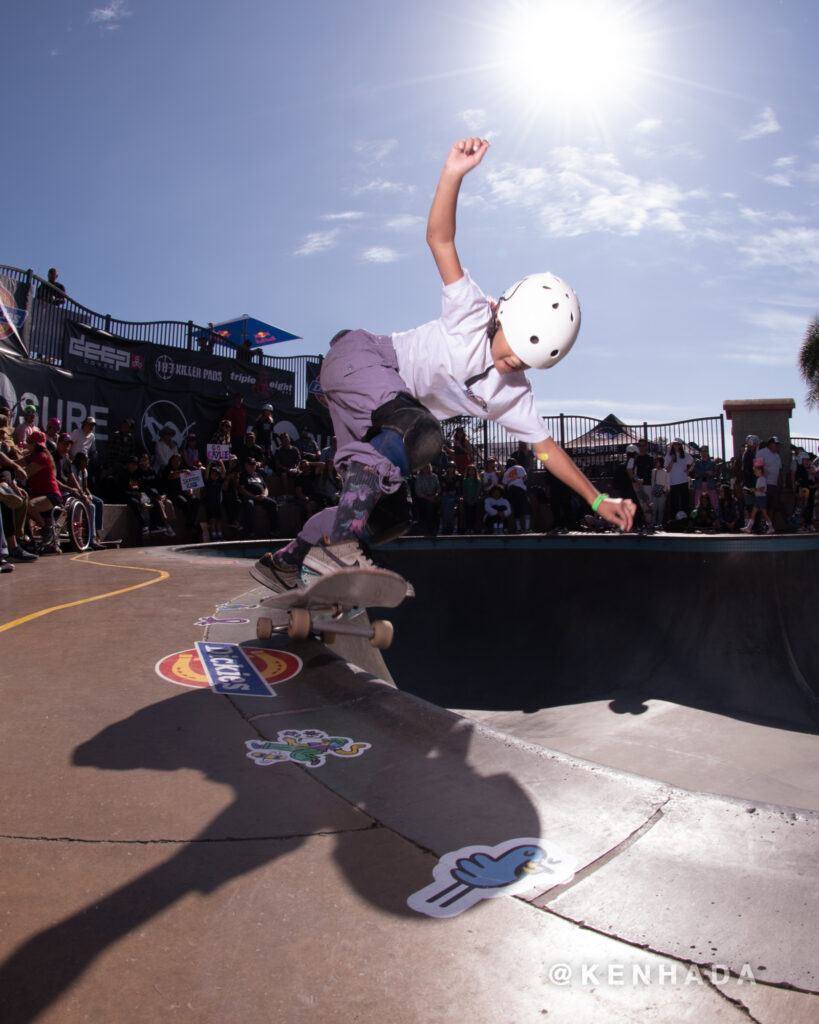
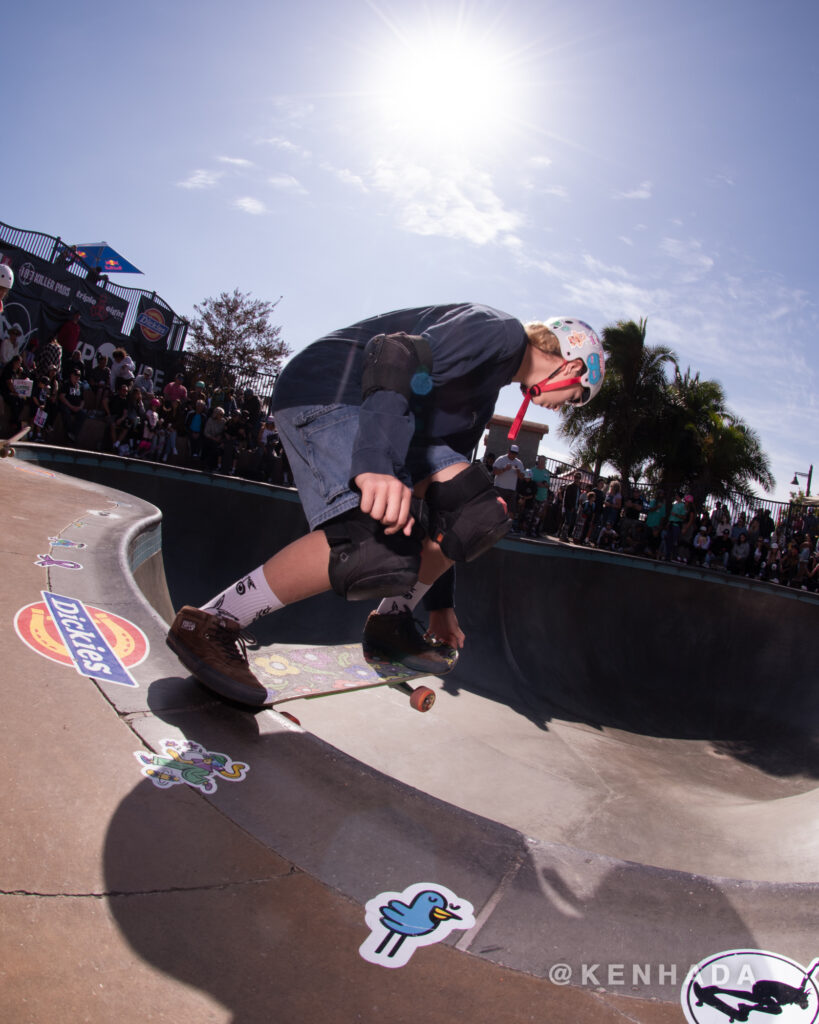
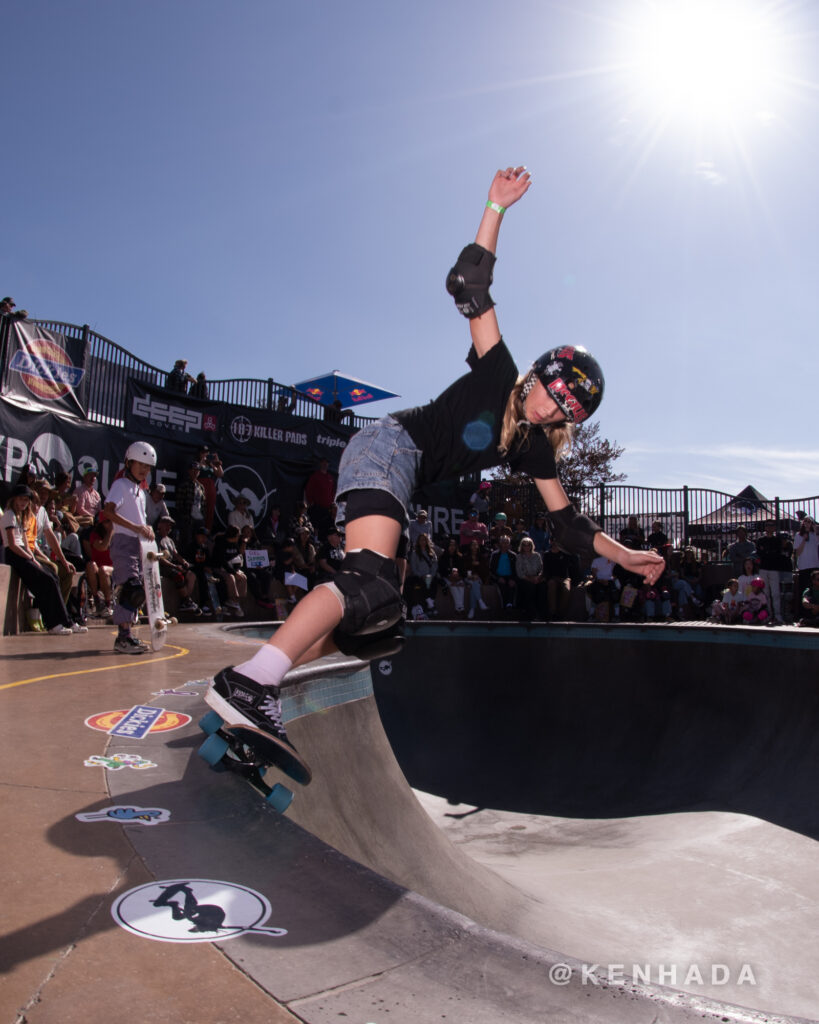
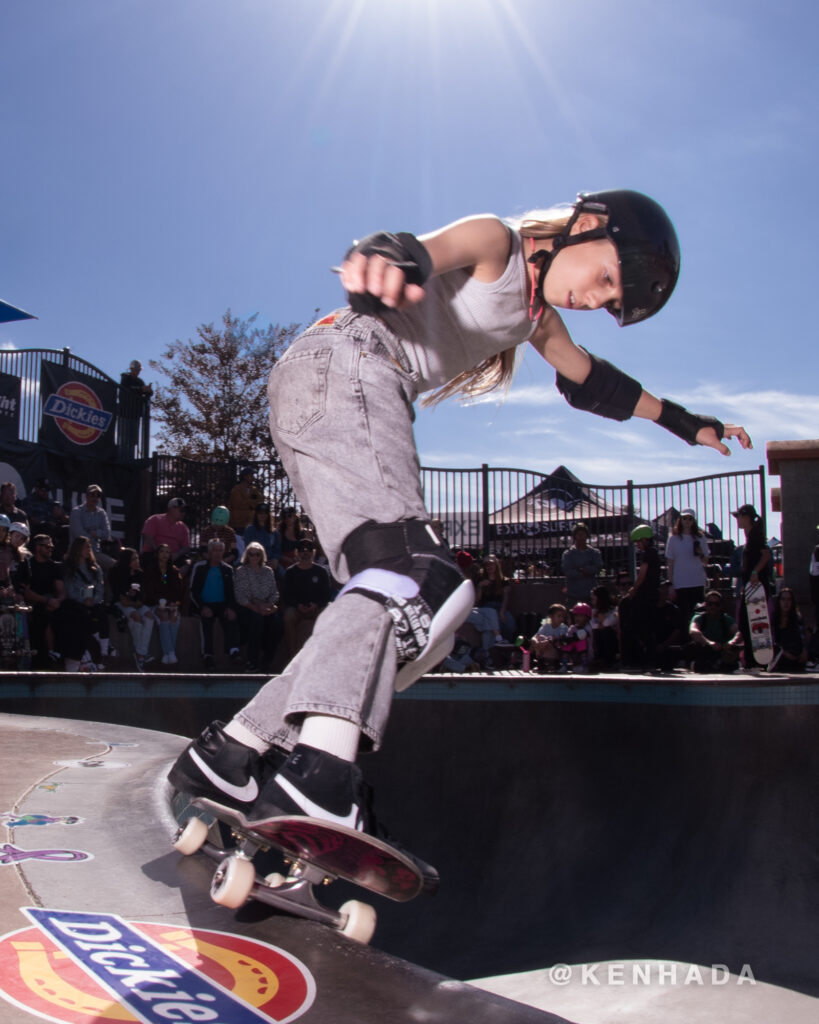
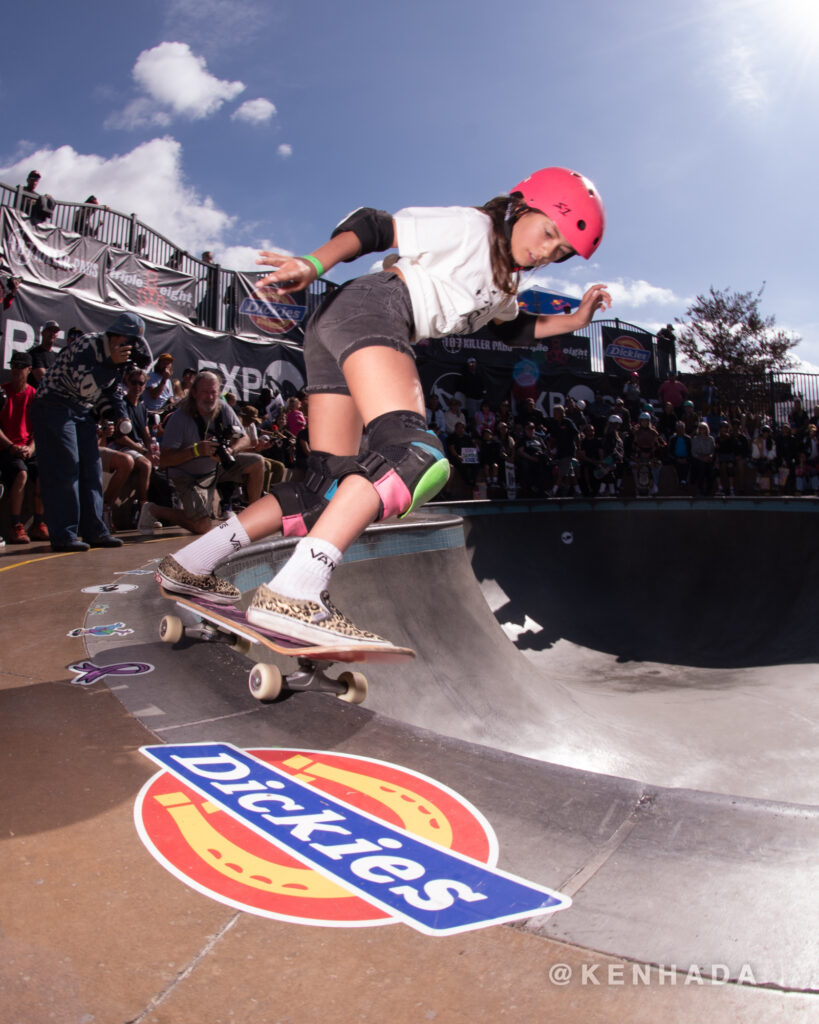
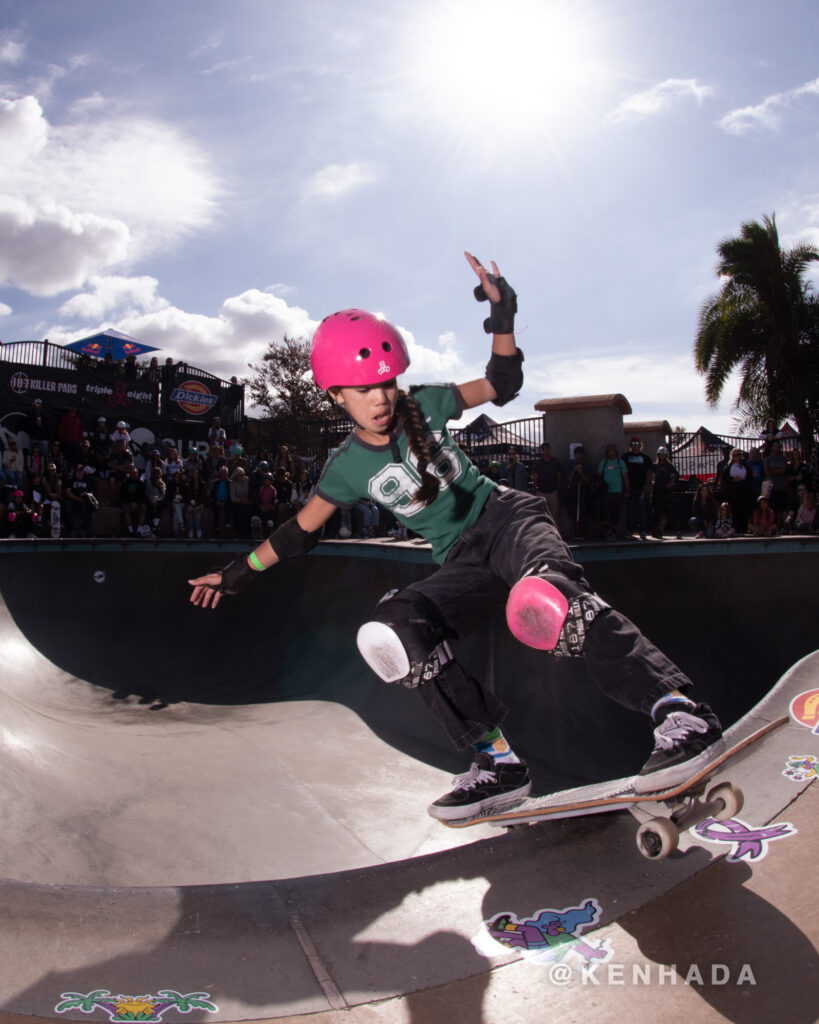
Exposure Skate Saturday Bowl For the 13th consecutive year, I photographed Exposure Skate, the world’s largest skateboarding event for women and nonbinary skaters. Year after year, the athletes impress me with their tenacity and skill, pushing the level of skateboarding to new heights. The energy, camaraderie, and dedication on display make capturing these moments a rewarding experience every time. Check out other skateboard-related posts on my website.
March by Ken Hada. I am thrilled to share my EP, “March,” inspired by my experiences in the 1980s and brought to life decades later. In the 1990s, with Studio Visions and some synthesizers, I composed about ten pieces of music. Collaborating with members of my band, Shoot The Moon, who played some of the rhythm parts. These pieces remained on 12 track tape for years. Decades later I added melodies and lyrics, all centered around the theme of the marching band.
“March” is more than just a collection of songs; it’s a reflection on the concept of marching. Marching was a significant part of my life in the marching band, but it also symbolizes the journey we all take through life. Each step, each beat, and each movement forward represents progress, perseverance, and the rhythms of our daily lives.
I hope you find joy and inspiration in these songs. As you listen, I hope you feel the spirit of marching and recognize the steps you take in your own journey. Thank you for listening, and keep marching on.
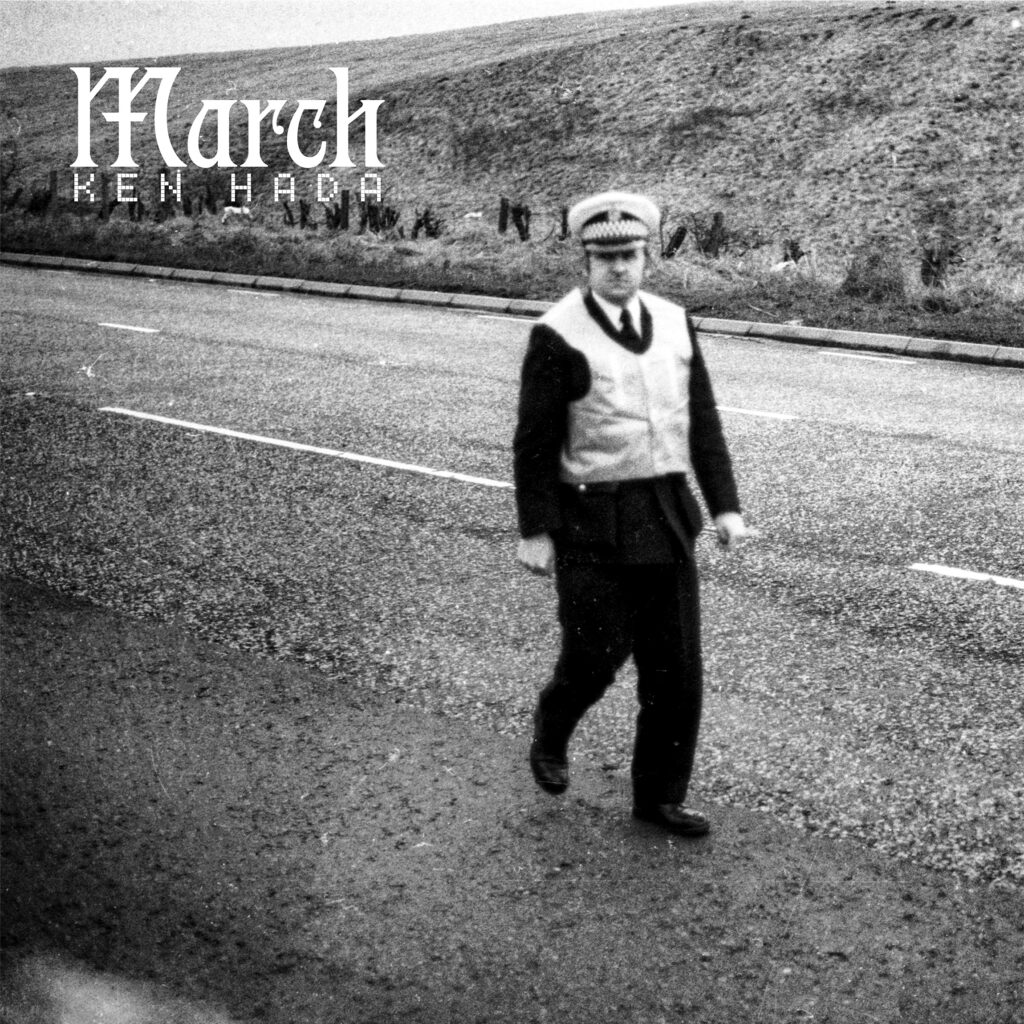
Listen to March free on YouTube,
and on all streaming Apple Music Spotify Amazon Music
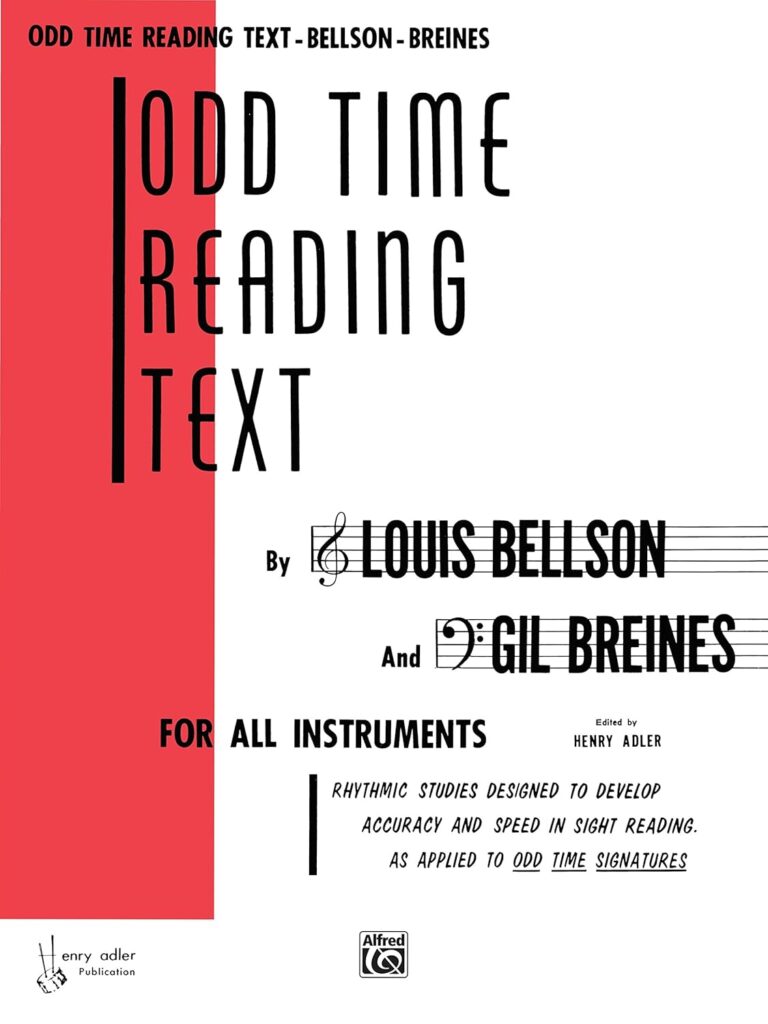
Odd Time Reading Text. I have been thinking about adding some reading to my daily drum routine. So Im diving into the world of odd time signatures with ‘Odd Time Reading Text‘ by Louis Bellson and Gil Breines. I went through this book (among others) when I studied with Murray Spivack. This book is very good for multiple reasons.
Number one it is odd meters so while you are learning how to read you are also learning odd meters simultaneously.
In addition, the book is not noted like a drum book. If you studied music from most drum books you are not reading the same style of notation as you will encounter on a music job. Let me explain, most drum books are written without much thought to duration. ‘Odd Time Reading Text’ is different in that the nation has a lot of ties and combinations of ties and dots. If you as a drummer end up playing in a traditional ensemble such as an Orchestra or a small ensemble the music you will read will not look like drum music. In fact, it may be a trumpet part or some other instrument. This book, gives the drummer a real world reading experience.
Lastly, your sight reading skills will increase with this book. For example, most of the book plays on sightreading weakness. In other words, this book is always making sure you are paying attention to every note and rest. Therefore sight reading will be greatly improved.
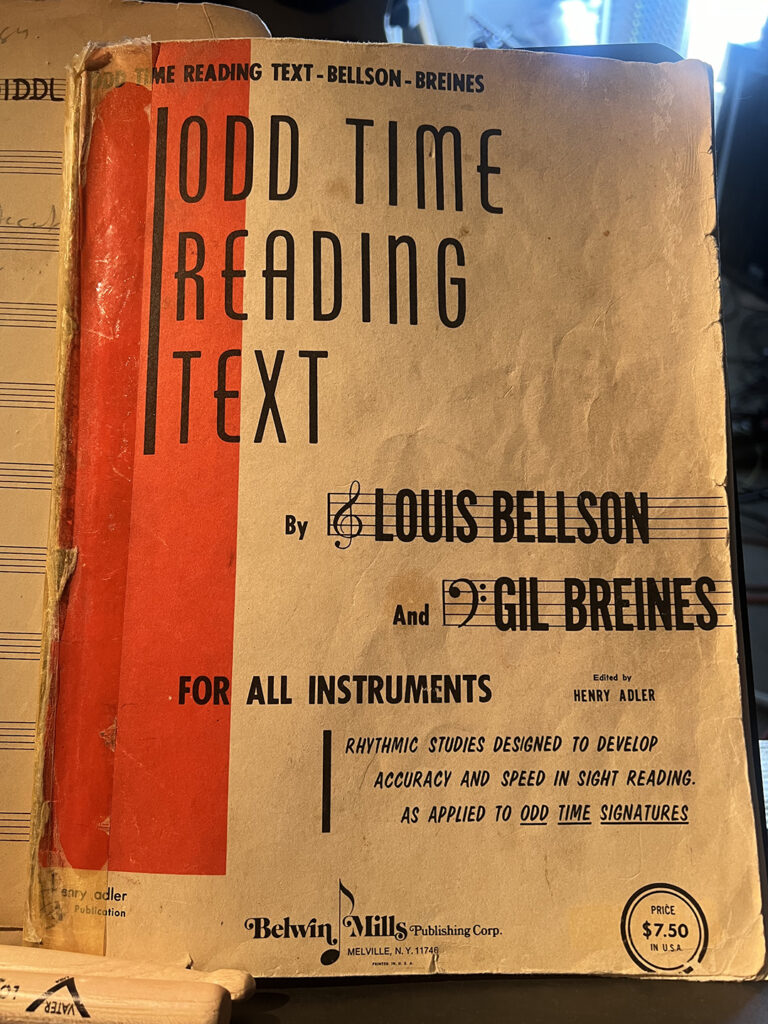
I used this book when I studied with Murray Spivack. If you would like to try it for yourself click here on my Amazon link and you will be helping my page out since I get a portion of each sale.